Does Your Favorite NFL Team Have an Advantage in Free Agency Because of Taxes?
We rank all 32 NFL teams based on the estimated state and local tax burden on their players. Where does your team rank?


The NFL’s 2019 free-agency period is just about here! Hundreds of professional football players will be signing new contracts with new teams in the coming weeks and months. For many players, a new deal comes with a nice salary bump—and a bigger tax bill to go along with it. While a player’s federal taxes won’t be affected by which team signs him, his state and local taxes certainly will. That’s because state and local income, sales and property tax rates vary widely from place to place. (Note: Athletes also pay state income taxes in most states to which they travel for road games throughout the season.) For this reason, teams located in lower-tax states, counties and cities have an advantage in free agency over teams in higher-tax places. Why? If Team A and Team B both offer a free agent the same amount of money, and if the player can keep more of that money for himself by signing with Team A, then Team A has the upper hand. It’s that simple.
Kiplinger’s 2019 NFL Free Agency Tax Rankings lets fans see whether their favorite team is helped or hindered in free agency by their local tax situation. We rank all 32 NFL teams based on the estimated state and local tax burden on their players (highest tax burden to lowest). The estimates reflect what a hypothetical NFL free agent would pay in state and local taxes if he signs a contract worth $4.5 million per year (the projected average for 2019) and lives full-time in the same county where the team’s practice facility is located (players tend to live close to where they practice). Where does your team rank? Check out our list of all 32 NFL locations to find out!
For more information about our methodology, see the final slide.
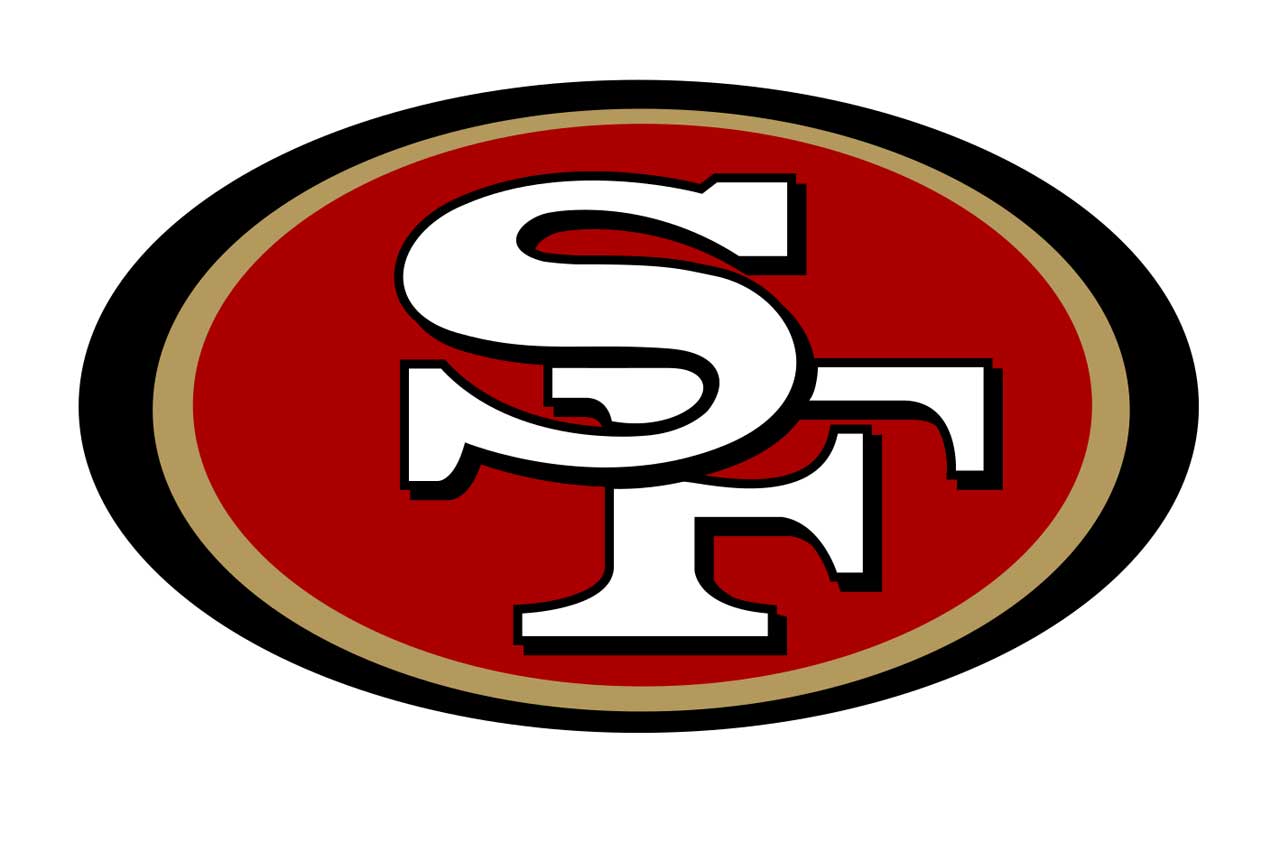
32. San Francisco 49ers
Sorry, San Francisco 49ers fans, but your team will have the hardest time attracting free agents who are concerned about taxes. The Niners have some cash to spend on free agents this year. But will “show me the money” players want to sign with the Niners and get stuck with a huge state and local tax bill? Many of them won’t. (Bryce Harper reportedly didn’t sign with the S.F. Giants because of California’s high taxes.) At 13.3%, the Golden State has the highest marginal income tax rate in the country. This includes the additional 1% levy on taxable income over $1 million. So a player making $4.5 million per year for the 49ers would pay about $557,770 per year in California income taxes. That’s by far the highest state income tax total on our list (by almost $123,000).
California also has a relatively high sales tax rate (and high-paid jocks tend to buy a lot of stuff!). The state rate is 7.25%, but local governments can tack on additional taxes. In Santa Clara County, where the 49ers practice, the base sales tax rate is 9% (and up to 9.25% in certain cities). That’s the fifth-highest rate among the 32 counties that host an NFL team.
Free agents will want to look at real property tax rates in the area, too. In Santa Clara County, property tax rates in 2017 ran about $729 per $100,000 in home value. That’s actually pretty low…the seventh-lowest on our list, to be exact.

31. Oakland Raiders
Things will change dramatically for the Oakland Raiders in 2020. That’s when the team moves to Nevada, a state with no income tax. But for 2019, they’ll still have to deal with California’s high taxes when trying to sign new players. (It looks as if the team will play at the Oakland-Alameda County Stadium this year.) Just like the high-paid athletes suiting up for the 49ers and the other California teams, players signing with the Raiders for big bucks are going to be taxed at California’s eye-popping 13.3% rate. Again, that’s an estimated $557,770 per year for a player with $4.5 million in annual income. It’s hard to just win, baby, if top-notch free agents are reluctant to sign with your team because of high taxes.
Sales tax rates in Alameda County are up there, too. In addition to the 7.25% state sales tax rate, the county tacks on an additional 2% for a combined rate of 9.25%. That puts the Raiders in a tie with the Tennessee Titans for the highest county rate for NFL locations. Plus, a few cities in Alameda County also add a 0.5% municipal sales tax (9.75% overall rate).
Not all the tax news is bad in Raider Nation. Property tax rates in Alameda County are quite reasonable. In 2017, taxes averaged only $739 per $100,000 in home value. That’s the eighth-lowest rate for NFL locations.
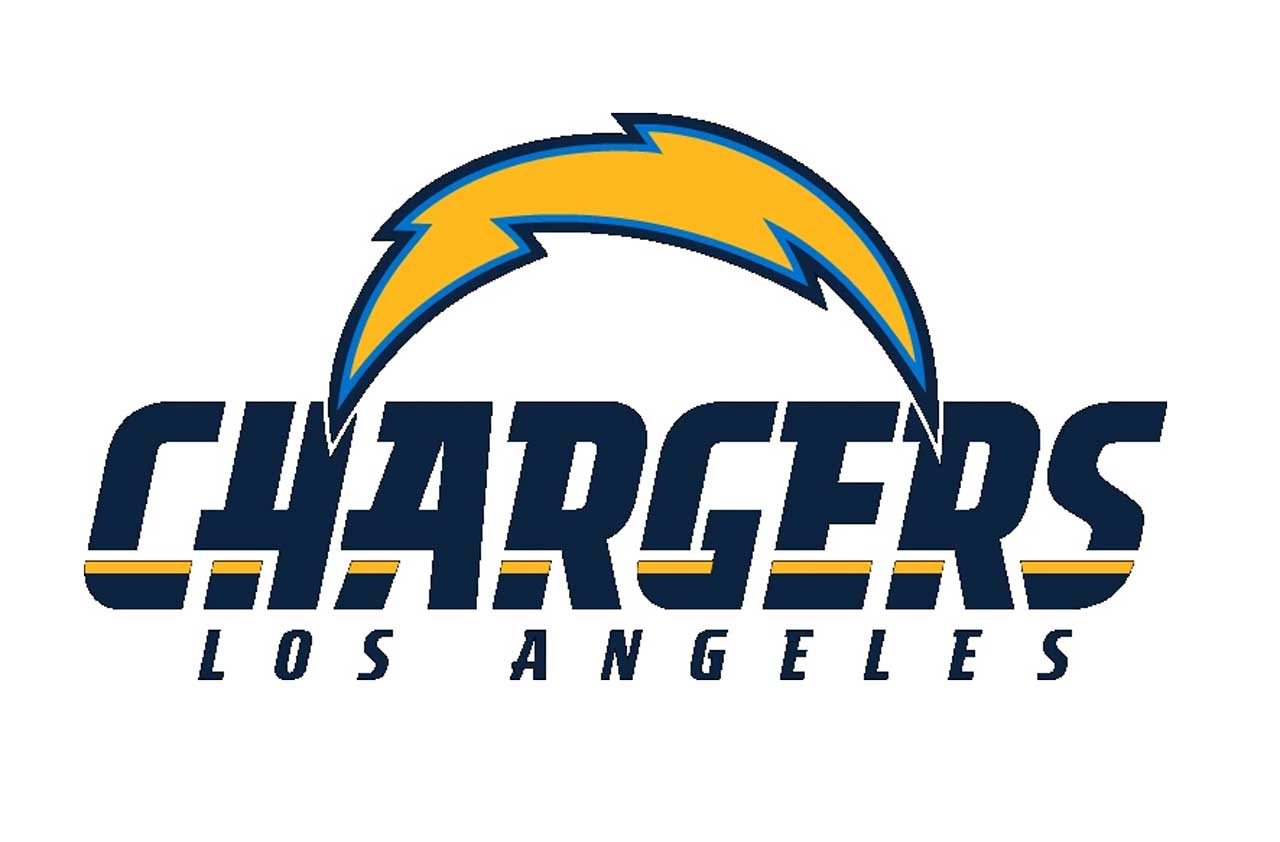
30. Los Angeles Chargers
The Los Angeles Chargers had a great season last year, but they could lose some key players to free agency this year. If that happens, California’s high income tax rate (13.3% on the highest incomes) could make it difficult for the Bolts to fill the gaps with free agents from other teams. A player being paid the projected average annual salary for 2019 free agents ($4.5 million) can expect to pay about $557,770 per year in California income taxes. That’s a big bite out of his earnings, especially compared with what he’d pay in taxes with some other teams (outside California, anyway).
If a player signs with the Chargers and settles down in Orange County, he’ll find the sales tax rate to be on the high end—but not crazy high. The state rate is 7.25%, but the county rate is only 0.5%. That comes to a 7.75% combined rate—though a few cities in Orange County add their own taxes, which can boost the overall rate to either 8.25% or 8.75%.
As with other California counties, the property tax rates in Orange County aren’t so bad. In 2017, the average property tax rate in the county was only about $671 per $100,000 in home value. Only three other NFL locations had a lower property tax rate that year.
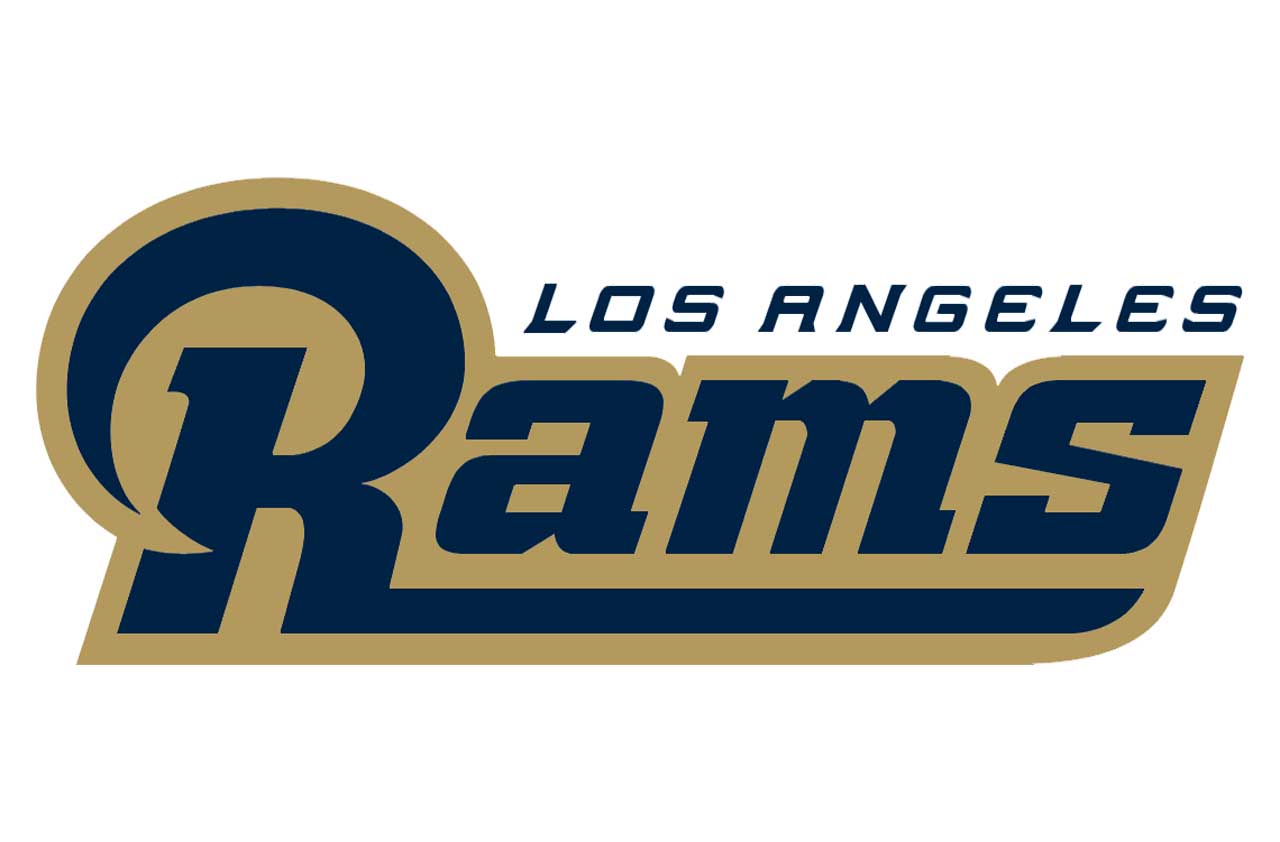
29. Los Angeles Rams
For the Los Angeles Rams, free-agency success this year might not rely so much on attracting new players as it does on keeping the Super Bowl-caliber talent already on their roster. But, as with the other California teams, the Rams could face a bit of an uphill battle signing top-tier free agents because of the state’s high taxes. With a 13.3% top income tax rate, California will snatch about $557,770 per year out of a player’s $4.5 million salary (the projected average annual salary for 2019 free agents). That’s more than any other state would take from the same salary amount.
At least sales taxes are lower in Ventura County, where the Rams are headquartered, than in any other California county hosting an NFL team. The state rate is the same—7.25%—and there is no county tax (although a few cities in the county impose a 0.5% or 1% tax). That puts Ventura County in the middle of the pack when it comes to sales tax rates in counties around the country that have an NFL presence (17th out of 32).
The property tax rates in Ventura County are low—$706 in 2017 for every $100,000 in home value, on average. That’s the fifth-lowest rate on our list of NFL locations.
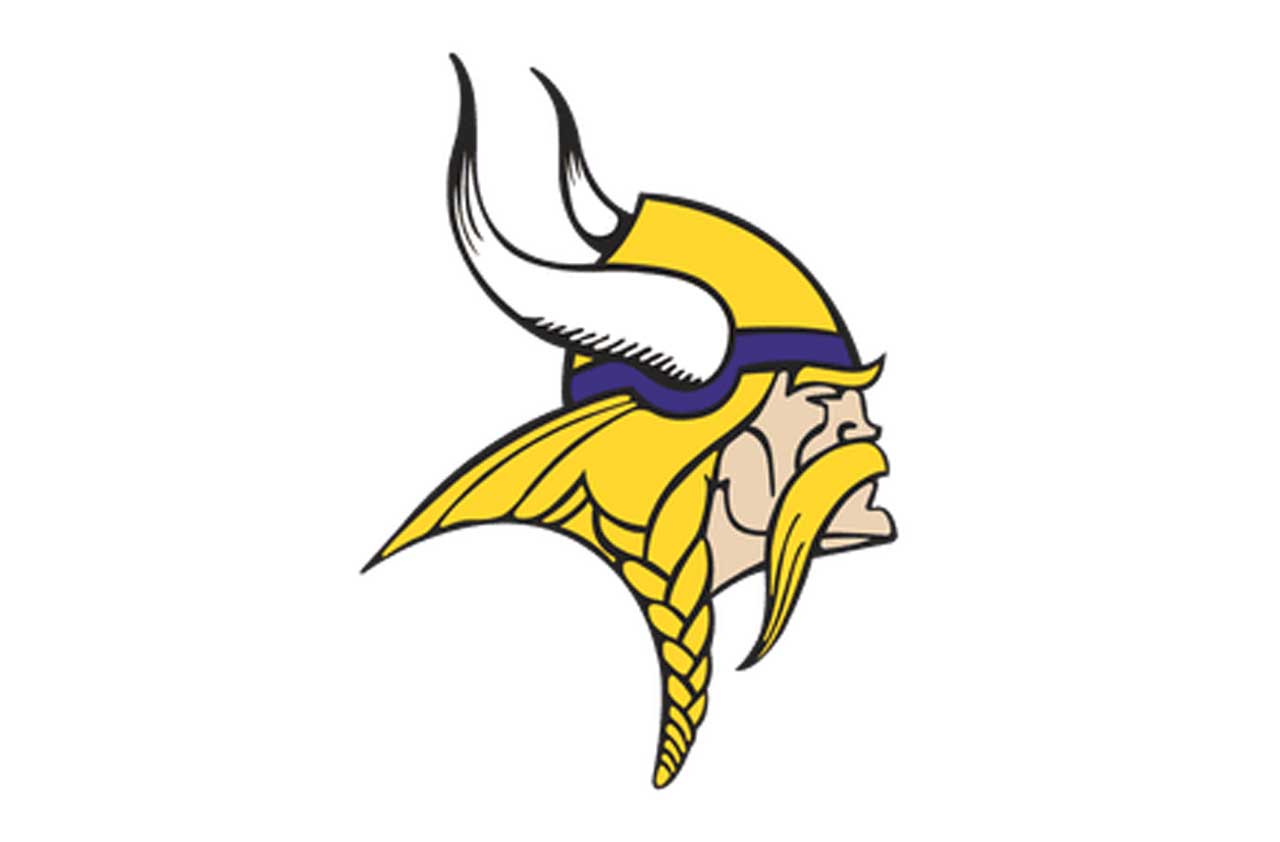
28. Minnesota Vikings
Once Kirk Cousins files his state tax return for 2018, do you think he’ll regret signing with the Minnesota Vikings last year? (Some Vikings fans certainly regret it!) Outside of California, Vikings players have the highest estimated tax burden in the NFL. It starts with Minnesota’s steep 9.85% top income tax rate—fourth-highest in the nation. That means our hypothetical free agent signing a $4.5 million-per-year contract would pay $434,790 in Minnesota income taxes annually. That could be enough to make him look elsewhere.
Sales taxes in Dakota County, where the Vikings are based, are about average. The state rate is 6.875%, and the county adds another 0.25% for a combined rate of 7.125%. That’s the 16th-highest combined rate out of the 32 counties hosting an NFL team. There are no city sales taxes added on top.
The property tax burden in Dakota County is middle-of-the-road, too. The average rate in 2017 was $1,074 per $100,000 in home value. That rate ranks 18th out of the 32 NFL locations.
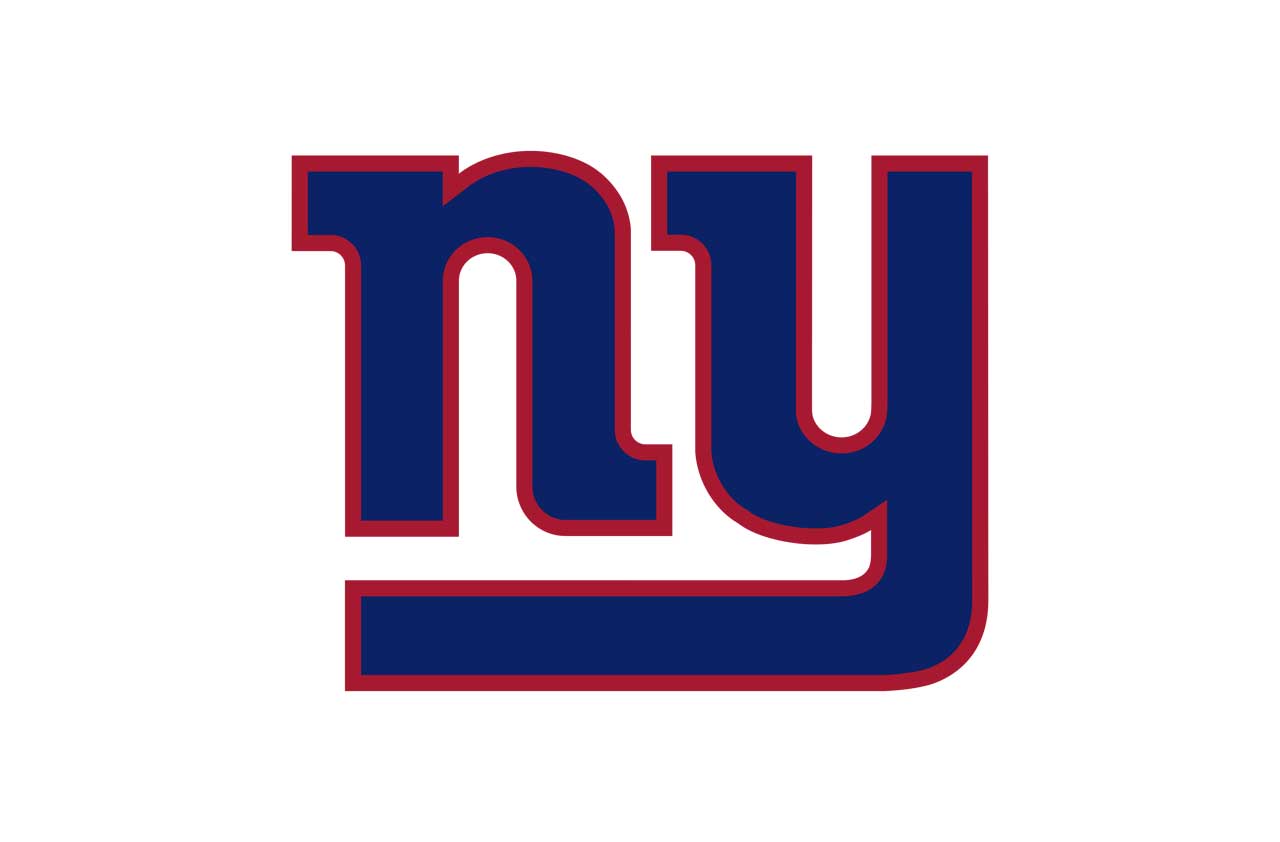
27. New York Giants
The good news is that New York Giants players don’t actually practice or play games in New York, so they avoid New York’s famously high income taxes. The bad news is that they face New Jersey’s even higher taxes, instead. Ugh! New Jersey’s top income tax rate is an eye-popping 10.75% (compared with New York’s top rate of 8.82%). Our hypothetical free agent won’t pay that much, though, because the 10.75% rate doesn’t kick in until he earns $5 million in taxable income. However, he will still see New Jersey rates as high as 8.97%, which still tops New York’s maximum rate. At $4.5 million per year, that comes out to about $386,430 in New Jersey income taxes owed—enough to scare off some prospective free agents.
The sales tax rate is comparatively low in New Jersey at 6.625%. Plus, there are no county or city sales tax levies. That’s the seventh-lowest combined rate (state and local) out of the 32 NFL locations (tied with the Jets).
On the other hand, property taxes are pretty steep in Bergen County, where the Giants are based. In 2017, the average rate in the county was $2,126 per $100,000 in home value. That’s the fourth-highest rate of all 32 NFL locations.
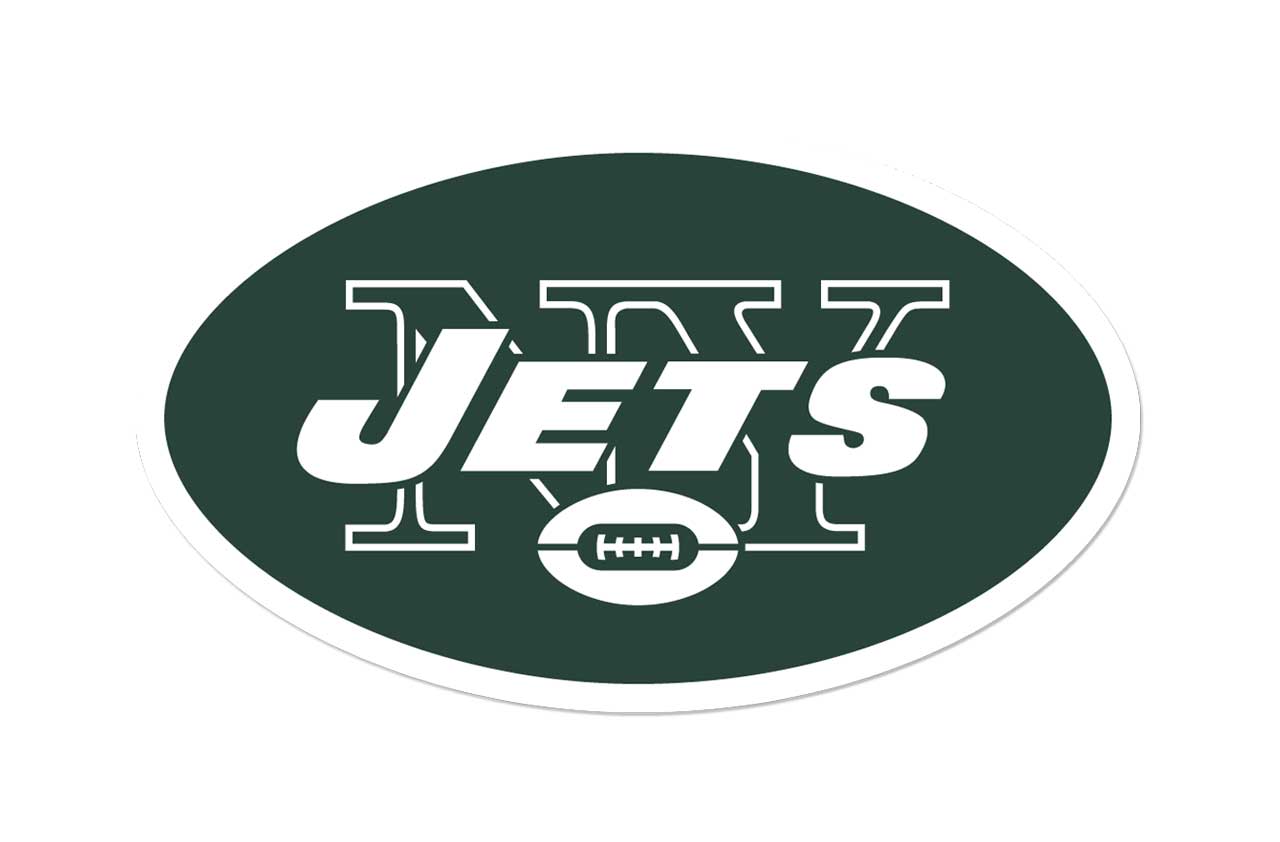
26. New York Jets
Like the Giants, the New York Jets are really a New Jersey team, so players living near the practice facility will pay New Jersey taxes. As we mentioned on the previous slide, New Jersey’s top income tax rate is 10.75%. But our hypothetical free agent, with a $4.5 million annual salary, will be taxed by the state at 8.97% because the 10.75% rate applies only to taxable income above $5 million. The estimated total income tax using the 8.97% rate is roughly $386,430—the same as what a player on the Giants would pay.
Jets players would also pay sales tax at the same rate as their counterparts on the Giants—6.625%. That rate applies across the state, and there are no additional county or city sales taxes to worry about.
But the Jets are considered a slightly better tax destination for free agents than the Giants because average property taxes are slightly lower in Morris County (where the Jets are based) than in Bergen County (where the Giants are located). In Morris County, the 2017 average rate was $2,064 per $100,000 in home value (sixth-highest rate among all 32 NFL locations). That’s $62 lower than the Bergen County average.
Hey, at least the Jets win the tax battle between the two teams sharing MetLife Stadium. J.E.T.S. Jets, Jets, Jets!
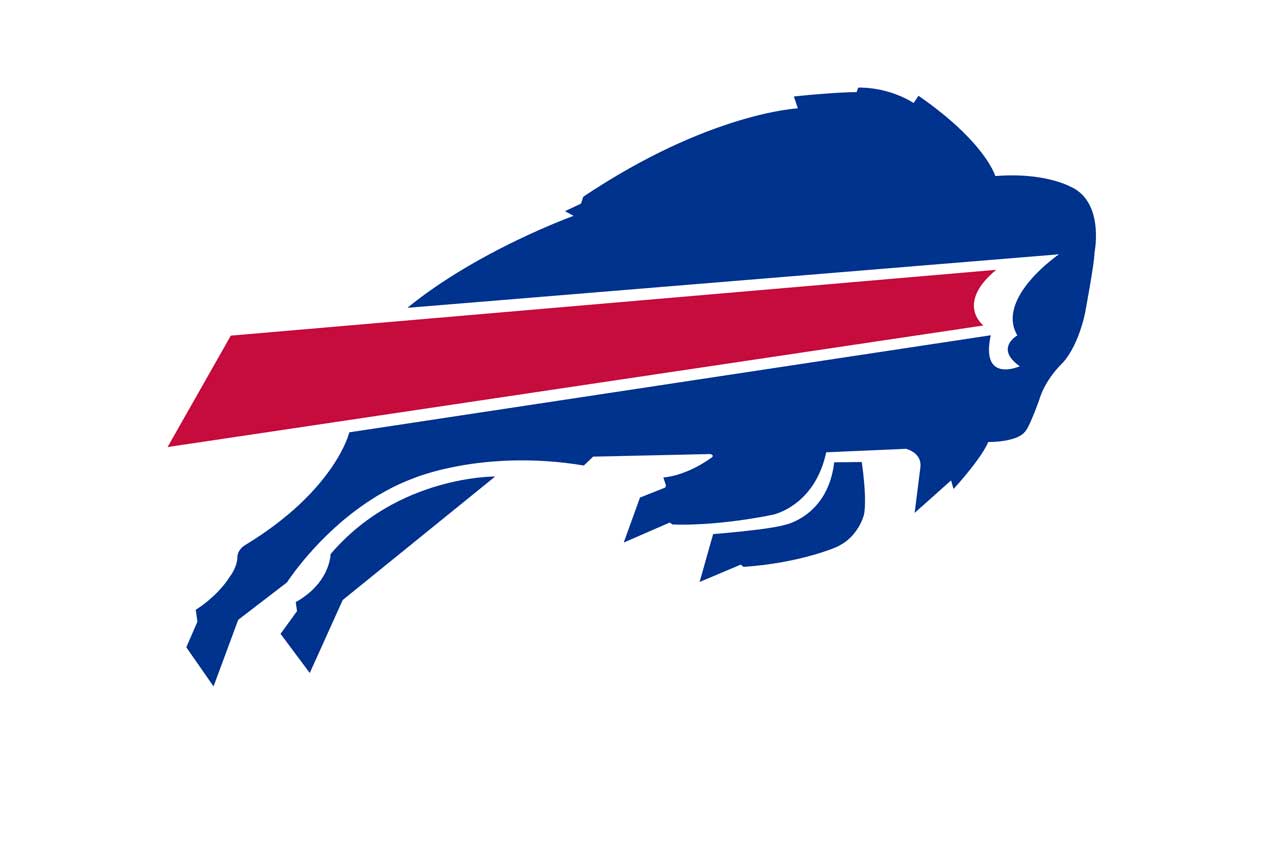
25. Buffalo Bills
Now that the Buffalo Bills finally seem to have their quarterback of the future in Josh Allen, General Manager Brandon Beane will use free agency to try to build a potent offense around him. Unfortunately, cold winters and a lot of snow aren’t the only things that could make potential free agents think twice about signing with the Bills—excessive taxes in the Empire State could chase away some players as well. The state’s top income tax rate is way up there at 8.82%. We expect the average NFL free agent in 2019 to earn around $4.5 million per year. With that salary, a player in New York would fork out about $395,480 in state income taxes each year. That’s the sixth-highest on the list of tax bills for all 32 NFL teams.
But the tax woes don’t stop there for Bills players. The combined sales tax rate in Erie County is 8.75%, which also stands as the sixth-highest rate among counties where an NFL team is based. The combined sales tax rate is made up of the state’s 4% rate and Erie County’s 4.75% rate. Fortunately, there aren’t any city sales taxes in Erie County.
There’s not much relief on the property tax front, either. The average property tax rate is high—$2,500 per $100,000 in home value. That lands Erie County in 31st place out of the 32 counties hosting an NFL team.
None of this is good news for Bills fans hoping top-flight players will want to come to Buffalo.
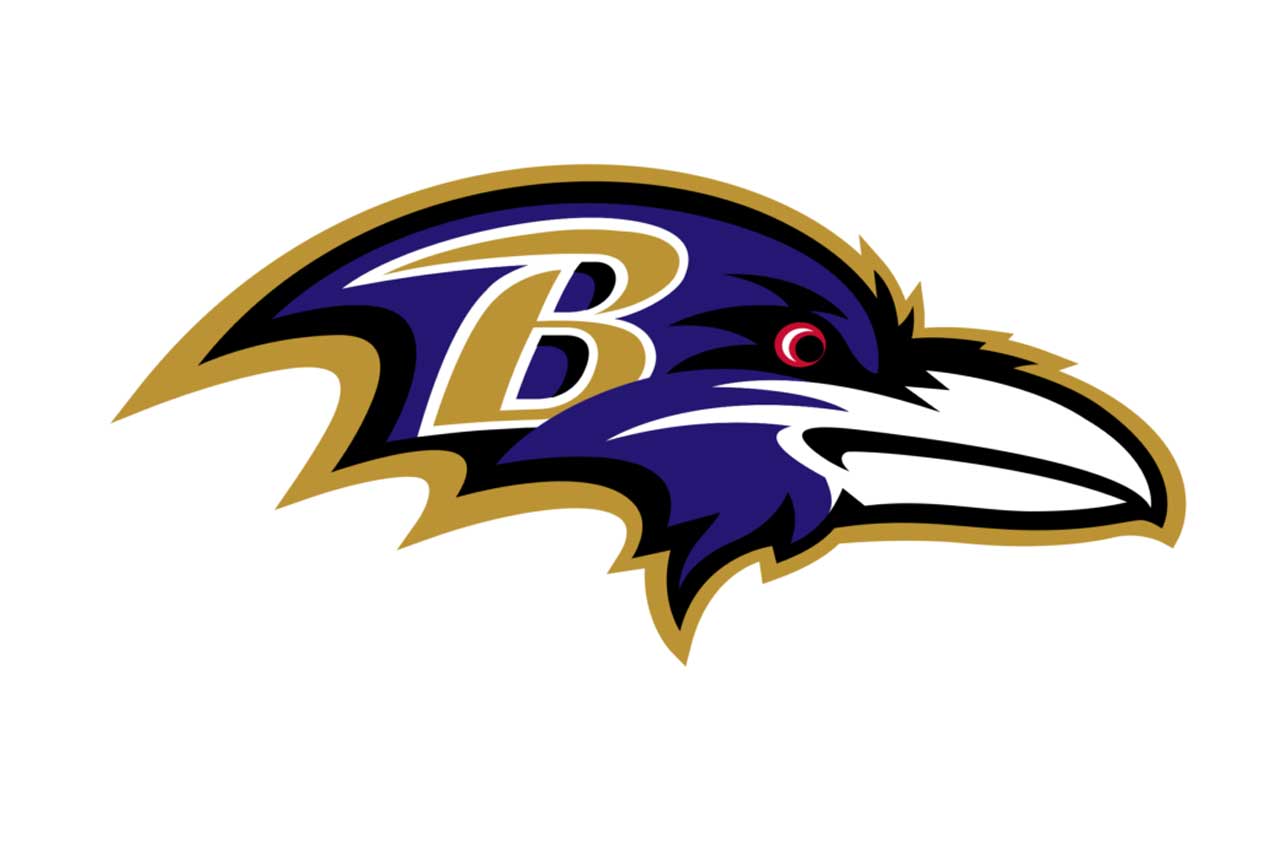
24. Baltimore Ravens
The Baltimore Ravens’ offense will look a bit different this year with Lamar Jackson as the starting quarterback. But the team will have to retool its roster a bit on that side of the ball to make sure the young QB thrives. That means the Ravens could be players in this year’s free agent market. Will higher-than-average taxes in Maryland hinder this effort? We shall see. Maryland’s top state income tax rate isn’t all that bad—only 5.75%. However, residents of Baltimore County, where the Ravens are headquartered, must pay an additional 2.83% tax (other Maryland counties impose similar taxes). That means a free agent signing with the Ravens for an annual salary of $4.5 million would end up paying about $383,540 in state and county income taxes. Only eight teams saddle players with a higher income tax burden.
The good news is that sales taxes in Maryland are comparatively low. The state rate is only 6%, and there are no county or city add-ons to worry about. That’s tied for the third-lowest combined rate out of all localities accommodating an NFL team.
Property taxes in Baltimore County are only slightly above average. The 2017 average rate was $1,142 per $100,000 in home value, good for number 9 on our 32-team list. Not too bad.
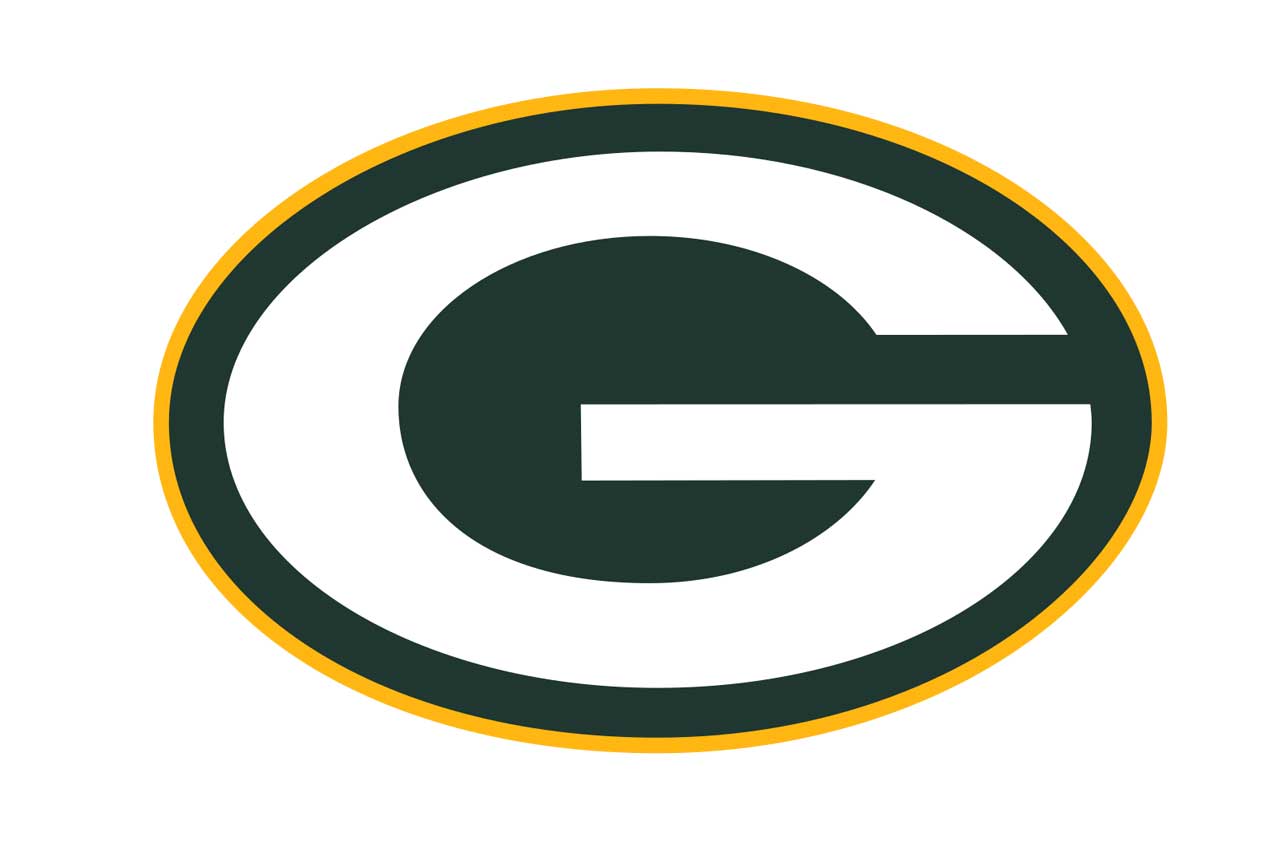
23. Green Bay Packers
Cheeseheads nationwide haven’t had much to cheer about lately. The Green Bay Packers have talent, but they haven’t made the playoffs since the 2016 season (despite high pre-season expectations). Many experts think the Pack needs to crank it up a notch or two during the 2019 free-agency period to get back to prominence in an increasingly difficult division. Unfortunately, the local tax situation probably won’t help the team attract younger, stronger, and faster players. Wisconsin taxes high-earners at a 7.65% clip. That’s relatively steep. The rate translates to roughly $338,610 in state taxes for a player making $4.5 million a year, which ranks 23rd out of 32 NFL teams.
But residents of Brown County, where the Packers’ team facilities are located, enjoy a low sales tax rate. There’s the 5% state tax, plus an 0.5% county tax. The combined 5.5% sales tax rate is the lowest among all 32 counties with an NFL practice facility.
Property taxes are a little on the high side in Brown County. In 2017, the average tax rate was $1,800 per $100,000 in home value, which is the 10th-highest out of all counties hosting an NFL team.

22. Cincinnati Bengals
After a pretty good run from 2011 to 2015, the Cincinnati Bengals hit a brick wall over the last three years. But the Bengals now have a new head coach, so you can expect at least a few roster changes. Does Cincy have the juice to bring in the quality players they want? Time will tell. But the local tax scheme probably won’t help. Ohio actually has a pretty low top state income tax rate of only 4.997%. But practically every city and town in the state tacks on its own income tax ranging from 0.4% to 3%. (Some local school districts add on 0.5% to 2% in income taxes, too.) In Cincinnati, the local income tax rate is 2.1%. For a free agent signing a $4.5 million-per-year contract with the Bengals and living in Cincinnati, that comes out to about $316,650 in state and city income taxes ($94,500 in city taxes). That ranks as the 11th-highest total on our list of possible NFL landing spots.
The sales tax rate in Hamilton County, which includes Cincinnati, is below average for our list. The state rate is 5.75%, and the county adds another 1.25%. There are no city sales taxes to worry about. The combined 7% rate is tied for the 10th-lowest out of all 32 counties where an NFL team is based. That’s not too bad.
Hamilton County’s above-average property tax rate is not good news, though. The average county rate in 2017 was $1,799 per $100,000 in home value (11th-highest on our list).
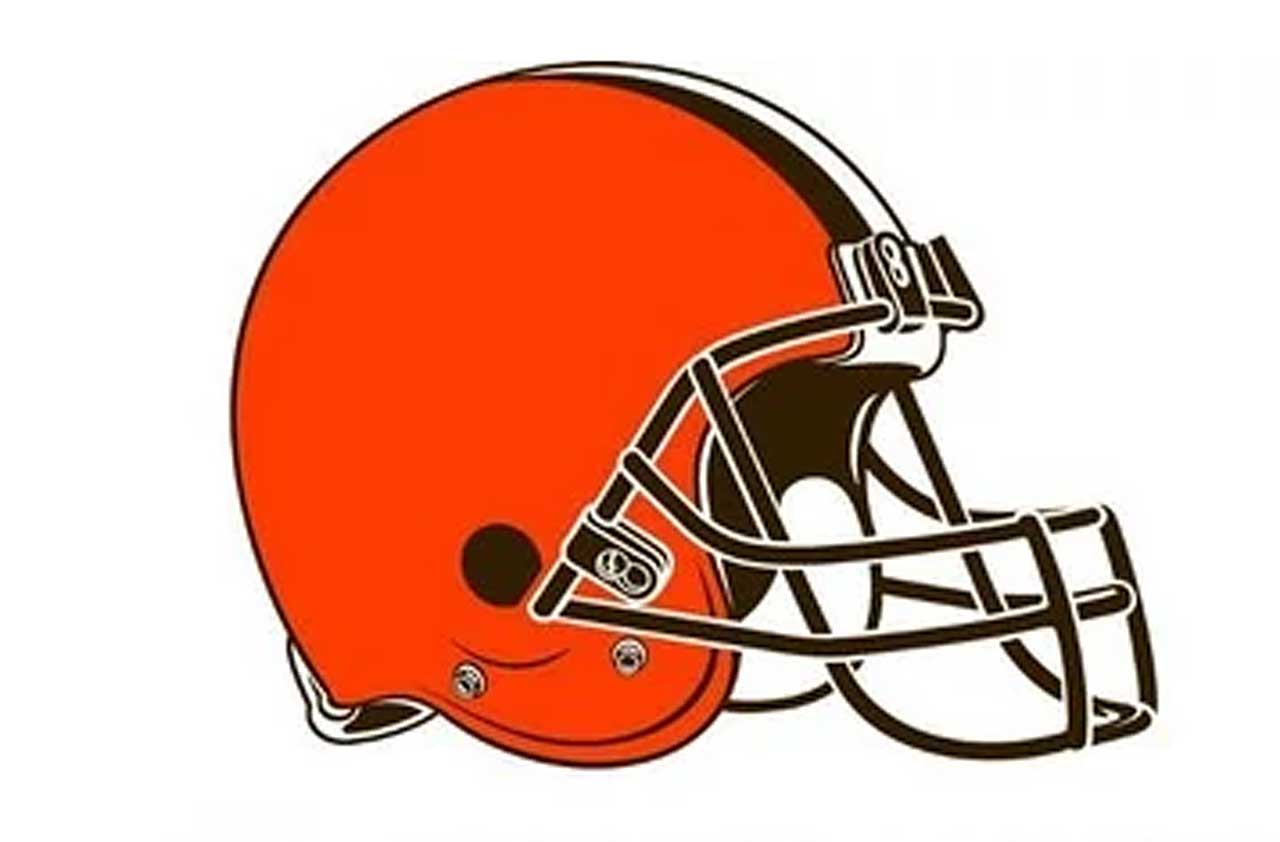
21. Cleveland Browns
The Cleveland Browns finally gave the Dawg Pound something to be excited about last year with seven wins and a tie. (But let’s face it…a single win would have done the trick.) Perhaps the really bad times are over for the Browns, but they’ll have to continue upgrading their roster (especially on defense) to keep the momentum going in the right direction. Unfortunately, the Browns can’t count on the local tax situation to help them attract quality free agents. That’s partly because of income taxes imposed by cities and towns in Ohio. The top state tax rate is only 4.997%. However, when you pile on municipal income taxes, it can get quite expensive taxwise. In Berea, where the Browns practice, an additional 2% income tax is added to the 4.997% state tax. For our hypothetical free agent who signs a contract for $4.5 million per year, we’re talking about roughly $312,150 in state and local income taxes ($90,000 from the city tax). That lands the Browns in the 13th-highest spot on the list of income tax totals for free agent destinations.
Sales taxes are on the high side in the area, too. In Cuyahoga County, where Berea is located, the overall sales tax rate is 8%. That’s made up of a 5.75% state tax and a 2.25% county tax (which includes a special 1% transit tax). Overall, the combined rate is tied for the 12th-highest on our list of NFL locations.
The property tax news is even worse. Only two other team locations had a higher average tax rate than Cuyahoga County in 2017 ($2,390 per $100,000 in home value).
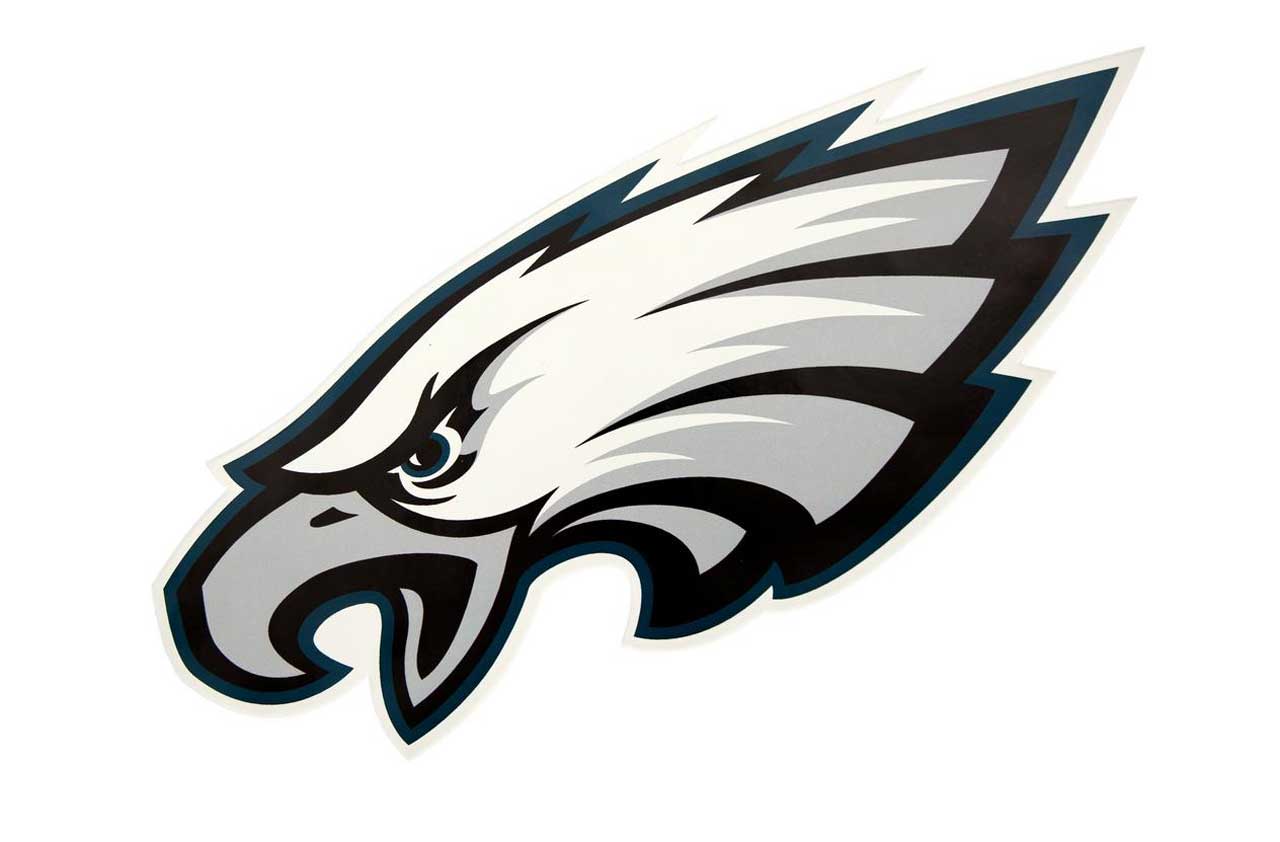
20. Philadelphia Eagles
Now that it looks like Nick Foles is going to the Jacksonville Jaguars, fans want to know who’s going to back up Carson Wentz on the Philadelphia Eagles’ depth chart? There’s a good chance the Eagles will sign a free-agent quarterback to fill the void. If so, that free-agent QB will like Pennsylvania’s flat 3.07% income tax rate. But they might be surprised to learn that Philly’s separate earnings tax rate is even higher than the state rate: 3.8809% for city residents and 3.4567% for non-residents. The tax applies to anyone who lives or works in the city. So, assuming a free agent signs with the Eagles for $4.5 million per year and lives in the city, his combined state/city tax hit will be about $312,790 (or $19,090 less if he lives outside the city). That ranks 21st in the league. Not too good.
The sales tax rates in Philly aren’t very friendly, either. The state rate is 6%, plus there’s a 2% additional tax in Philadelphia. The combined state/local rate of 8% is tied with the Browns for 21st on the list of NFL locations with the best sales tax rates.
The City of Brotherly Love does much better on property taxes. In 2017, it had the 13th-best average property tax rate among NFL locations: $954 per $100,000 in home value.
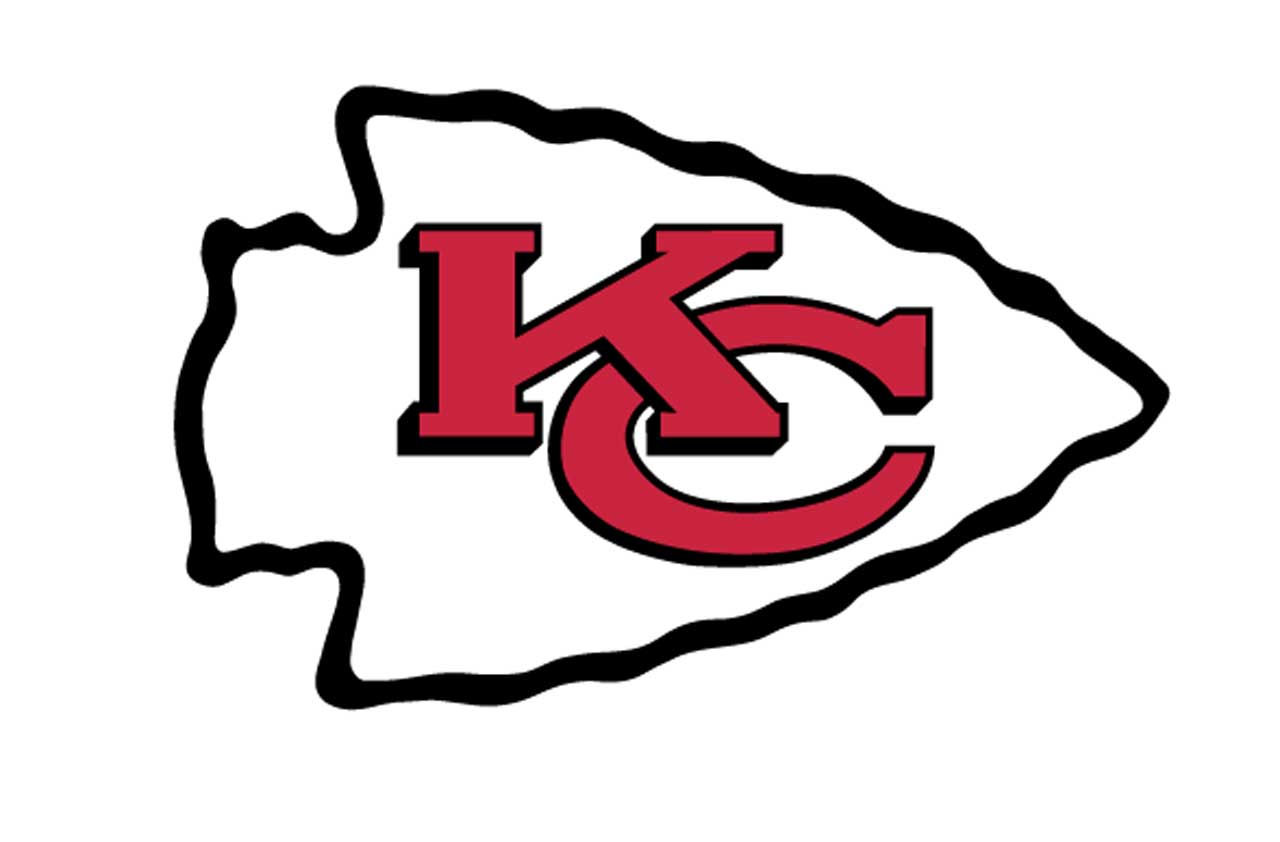
19. Kansas City Chiefs
Having Patrick Mahomes on the roster at a relatively low price and plenty of salary cap room means the Kansas City Chiefs could score big in this year’s free agent market. They’re definitely contenders for the Lombardi Trophy, but can they sign the free agents they need to get past the New England Patriots in the AFC? The lure of a Super Bowl ring will attract top-flight free agents. Overall state and local taxes won’t. Free agents are going to like the state income tax rate. That’s because Missouri’s top tax rate is only 5.9% (and it’s set to drop to 5.4% for 2019 taxes). On a $4.5 million annual salary, that comes out to an estimated $263,270 in state taxes. However, for players living or working in Kansas City, there’s also a 1% earnings tax. (Nonresidents of the city can claim a deduction based on the number of days worked outside the city.) For a city resident, that would add $45,000 in local income taxes—which pushes the combined state and local tax to about $308,270. That’s only the 19th-best income tax total you’ll see in the NFL.
The sales tax rate is much better. The state rate is only 4.225% in Missouri. But Jackson County, where the Chiefs’ practice facility is located, also has a 1.25% tax. Plus, certain parts of Jackson County also imposed special district taxes of up to 0.675%. For instance, the Chiefs’ practice facility is located within the Kansas City zoological district, which imposes a 0.125% sales tax. Fortunately, even with the zoo tax, the combined rate at the Chiefs’ headquarters is low—only 5.6%. That’s the second lowest combined rate on our list of NFL locations.
Property taxes are relatively high in Jackson County. For 2017, the county’s average property tax rate was $1,334 per $100,000 in home value (which ranks the county 21st out of 32 NFL locations).
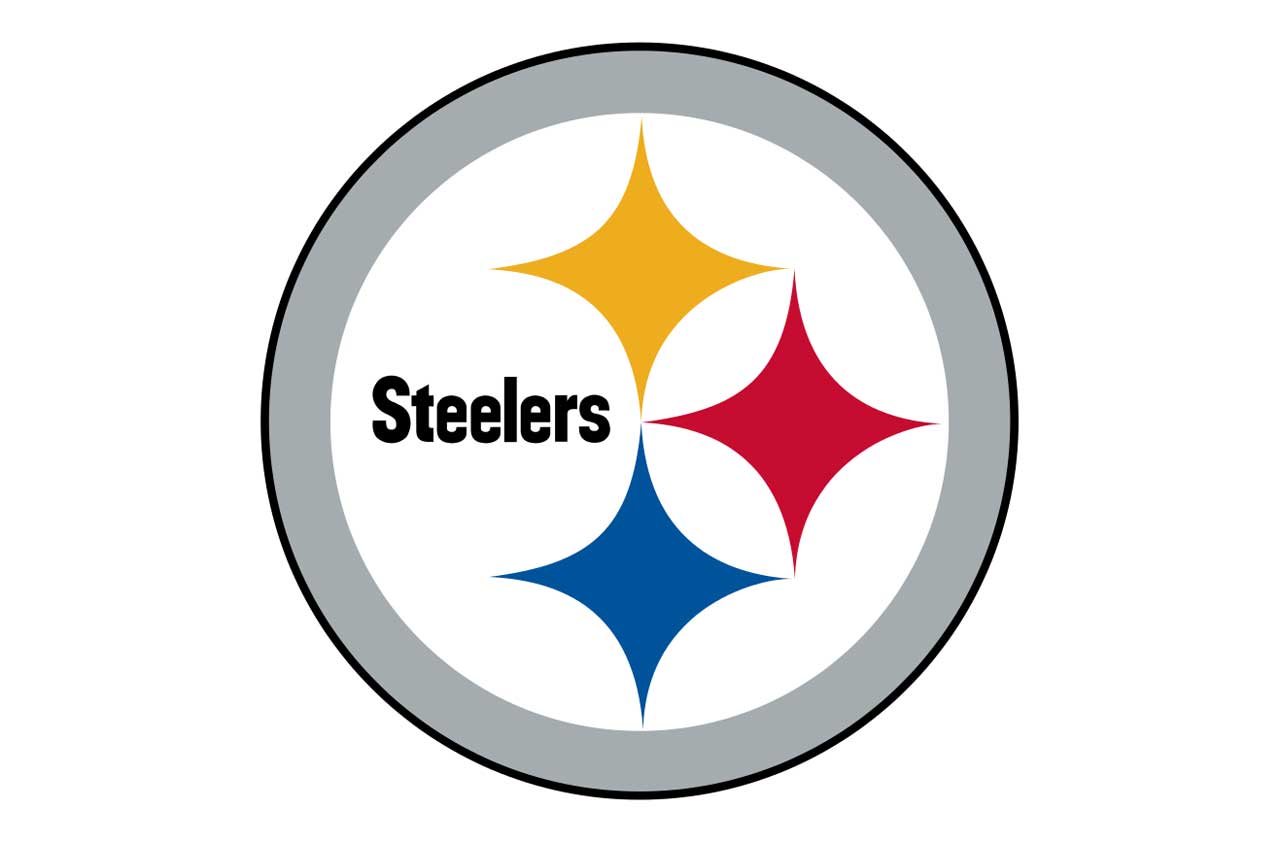
18. Pittsburgh Steelers
What will the Pittsburgh Steelers do with their divas this offseason? (You know who we mean.) The answer to that question will probably determine how active the Steelers are in this year’s free-agency market. Whatever the Steelers do in free agency, state and local taxes probably won’t help them—but it won’t hurt them much, either. Pennsylvania’s income tax rate is a flat 3.07%. That’s really low, but there are many cities and towns in Allegheny County (which includes Pittsburgh) that have local earned income taxes or school district taxes. Pittsburgh itself, for example, has a 1% earned income tax and a 2% school district tax. So, while a player making $4.5 million per year would pay only about $138,150 in state income taxes, he would pay an additional $135,000 in taxes if he also lived in Pittsburgh. That’s a total of $273,150, which ranks 18th out of 32 on the list of most favorable income tax locations for NFL free agents.
With regard to sales taxes in Allegheny County, the rates are below average. There’s a 6% state tax and a 1% county tax. Cities and towns in Allegheny County don’t have their own sales taxes. The 7% combined rate is tied for the 10th-best among NFL locations. (That means Steelers fans don’t pay too much sales tax when they buy their Terrible Towels!)
The area’s overall tax rating drops somewhat because of a high property tax rate in Allegheny County. In 2017, the rate was $1,948 per $100,000 in home value. That ranks 25th on our list.
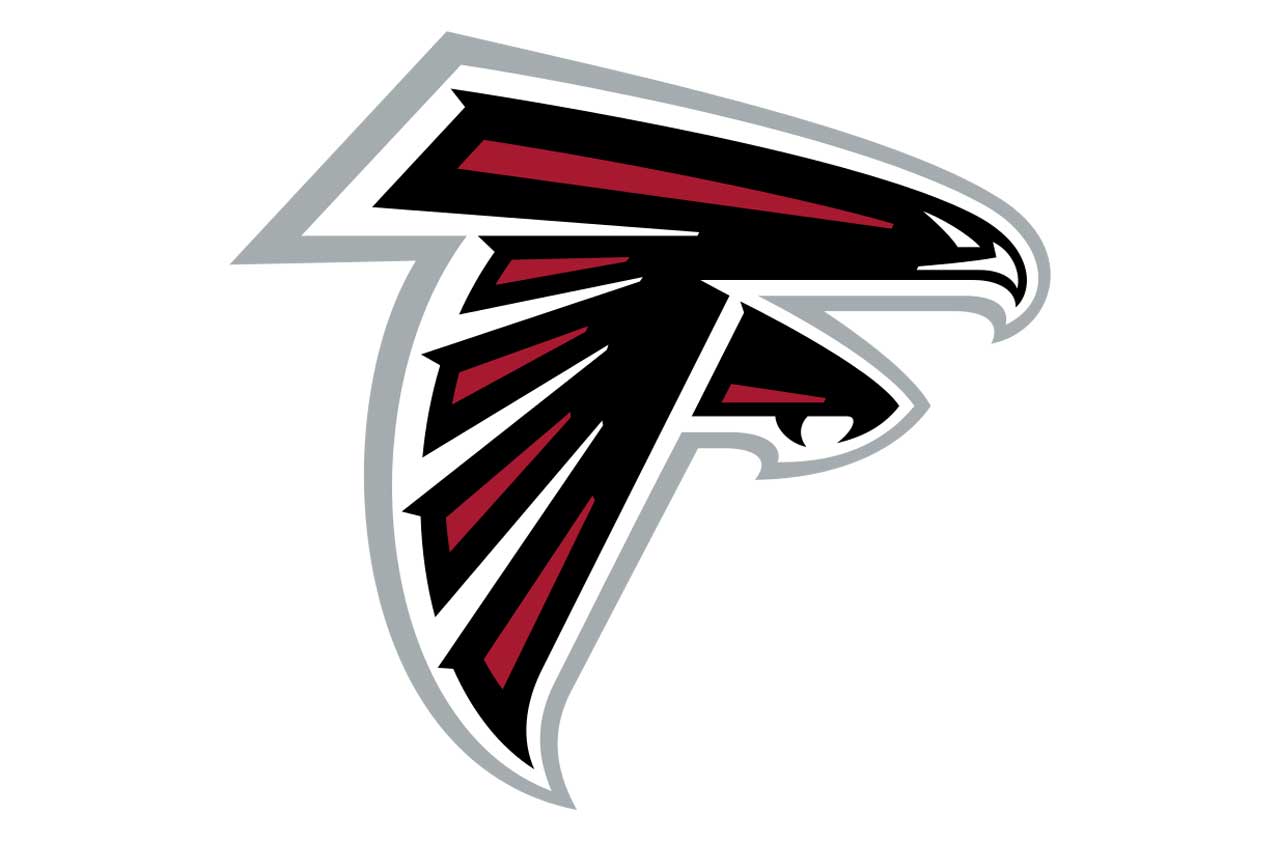
17. Atlanta Falcons
A little over two years ago, the Atlanta Falcons were in the Super Bowl (blowing a big lead against the Patriots—but in the Super Bowl nonetheless). They’re still a good team, although they slipped last year, so it’s not crazy to think they could get back to the championship game. To do that, they probably need to bolster their defense, and that’s exactly what they might try to do during this year’s free agency period. With an average tax burden, free agents shouldn’t be scared away from the Dirty Birds. The state’s highest income tax rate is a modest 6%, and there are no additional county or city income taxes. For a player with a $4.5 million salary, that comes to about $268,940 in state income taxes. That’s the 17th-lowest in the league.
Sales tax rates are average, too. The state levies a 4% sales tax, and Hall County adds a 3% tax (the Falcons' practice facility is in Hall County). That’s it. The combined 7% rate in the county ties with five other places for 10th-best among all NFL locations.
Not surprisingly, Hall County property taxes are middle-of-the-road as well. The 2017 average county rate was only $854 per $100,000 of property value. That’s tied with one other team location for the ninth-lowest on our list.
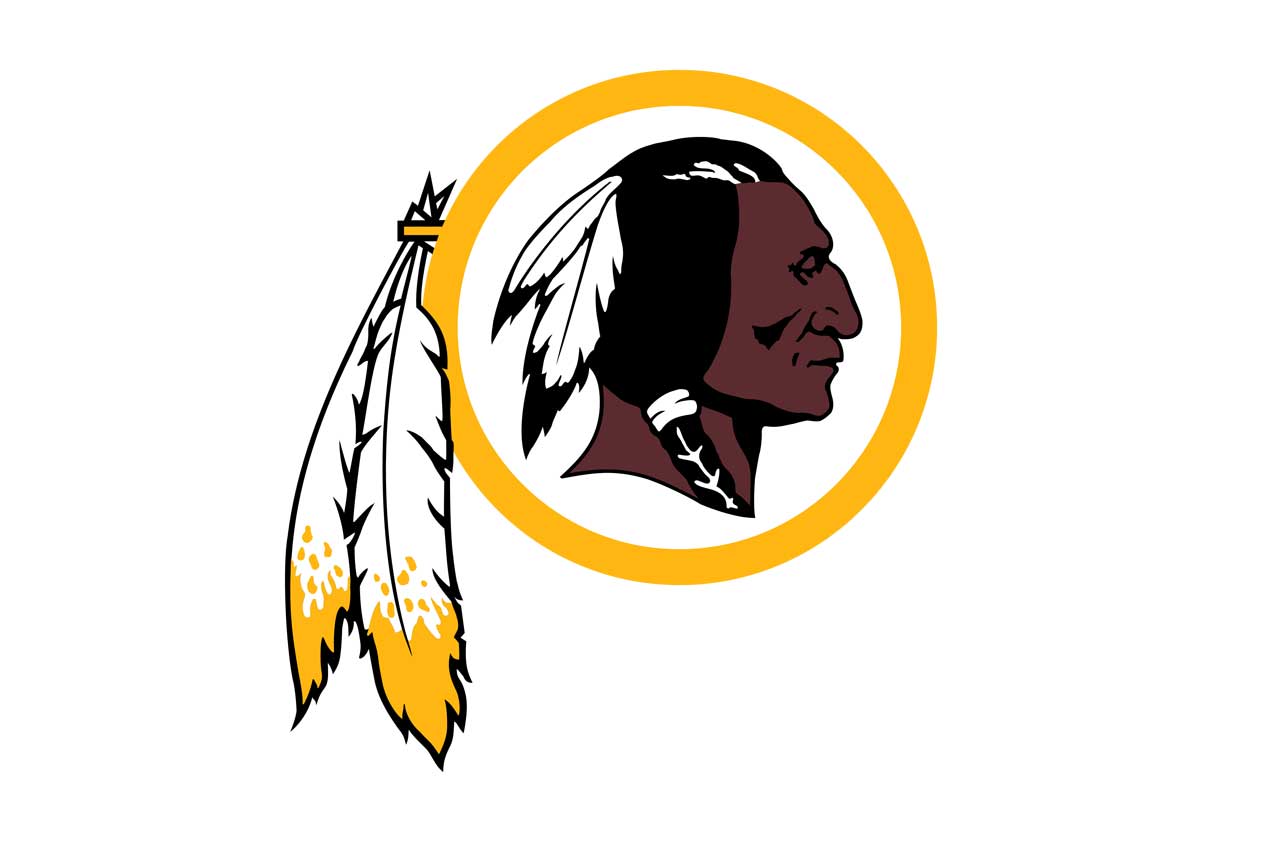
16. Washington Redskins
The Redskins knew they needed help at quarterback this year, so they just traded for Case Keenum before the free-agent market opened. Whether Keenum, or Colt McCoy, will lead the Redskins' offense in 2020 remains to be seen. (Alex Smith might be ready to play again by then or the team could draft a “quarterback of the future.”) But the ‘Skins need more than just a signal caller, so expect additional moves during the free-agency period. From a tax perspective, free agents looking to sign with the Redskins will see an average tax burden (which is appropriate, since the team has been average for so long). The team headquarters and practice facility are actually in Loudoun County, Virginia, and Virginia’s top income tax rate is a reasonable 5.75%. At that rate, the state income tax for a player making $4.5 million a year is about $258,040. That’s the 15th-lowest income tax burden out of the 32 NFL locations.
In Loudoun County, the combined sales tax rate is 6%. It’s made up of a 5.3% state tax and a 0.7% county tax. The county’s combined rate is tied with two other locations for the third-lowest on our list.
At $1,056 per $100,000 in home value, Loudoun County’s 2017 average property tax rate ranks 17th among all 32 NFL locations.

15. New Orleans Saints
Who Dat? Who Dat? Who Dat say dey gonna tax dem Saints?! Well, the State of Louisiana and Jefferson Parish are certainly going to tax New Orleans Saints players who live near the team’s practice fields—but at least they won’t tax too heavily, so it’s okay for free agents to sign with the team. Louisiana imposes a 6% income tax on its wealthiest residents. That comes to about $267,310 on a $4.5 million annual salary. This amount is the 16th-lowest out of the 32 NFL locations.
Sales taxes will hit new Saints players hard in Jefferson Parish, though. The state sales tax is 4.45%, and the parish tax is 4.75%. This combined rate—9.2%—is higher than the rate in all but three other NFL locations on our list.
On the other hand, the property tax rate in Jefferson Parish is the lowest out of all 32 NFL locations. In 2017, the average rate was only $487 per $100,000 in home value. So free agents who sign with the Saints and settle down in Jefferson Parish won’t be shocked when they see their property tax bill.
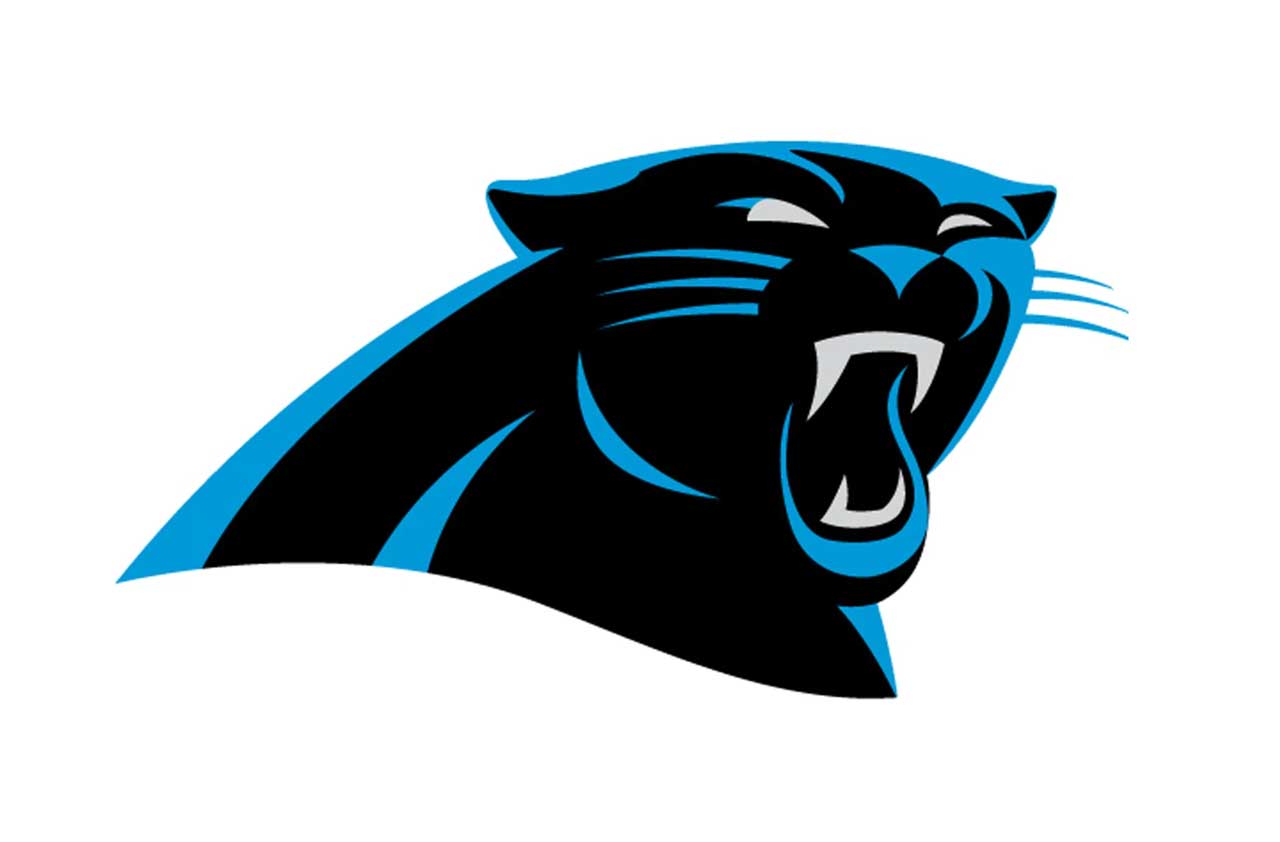
14. Carolina Panthers
The Carolina Panthers need help on both sides of the ball if they want to bounce back from last year’s disappointing season. The good news for Panthers fans is that the overall tax burden in Mecklenburg County is a bit lighter than it is in most other NFL locations. That could help the team attract the free agents it needs to improve. North Carolina’s flat 5.499% income tax rate is the main reason for the area’s relatively low tax load. For a free agent who signs a $4.5 million-per-year contract, the state income tax comes to about $246,490. That’s the 14th-lowest among NFL locations.
Sales tax rates trend higher, but they’re not oppressive. The state imposes a 4.75% tax on retail sales, and Mecklenburg County adds a 2.5% tax (which includes a 0.5% transit tax). The 7.25% combined rate is about average for the 32 areas hosting an NFL team.
Property taxes in Mecklenburg County are average, too. The 2017 county average rate was $994 per $100,000 in home value. That’s the 14th-lowest out of the 32 NFL localities.
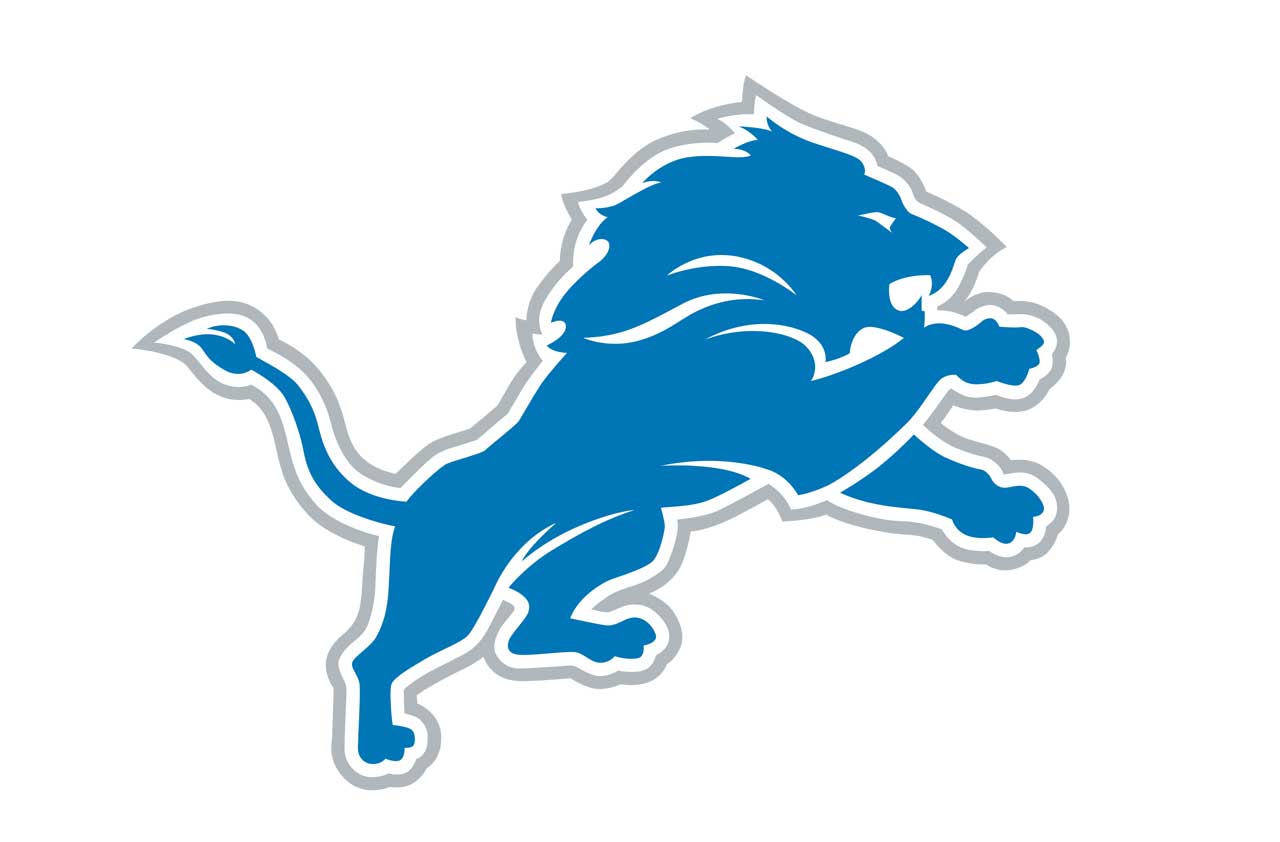
13. Detroit Lions
We could see a lot of free-agent activity this year with the Detroit Lions. And, hey, why not? The players they had during the past few seasons really didn’t do too much. (Sorry, Lions fans, but you know it’s true.) From a financial standpoint, there’s at least some good news: Taxes in Wayne County, where the Lions are based, aren’t that bad. Who knows—that just might help the team get a free agent or two that they otherwise wouldn’t be able to sign. The income tax rate in Michigan is a flat (and low) 4.25%. The City of Detroit adds its own income tax for anyone living or working in the city, though. It’s 2.4% for city residents or 1.2% for nonresidents. A couple of other cities in Wayne County have local income taxes, too. So, a Lions player living in Wayne County, but outside Detroit’s city limits, would pay roughly $244,890 in state and city income taxes. That’s the 13th-lowest income tax burden out of 32 NFL locations.
The state imposes a 6% sales tax. There are no county or municipal sales taxes added on. The 6% rate is tied for the third-lowest rate among all NFL locations. That’s certainly good news for prospective free agents.
There’s bad news on the property tax front, though. The 2017 average rate in Wayne County was $2,117 per $100,000 in home value. There are only four NFL locations with a higher rate.
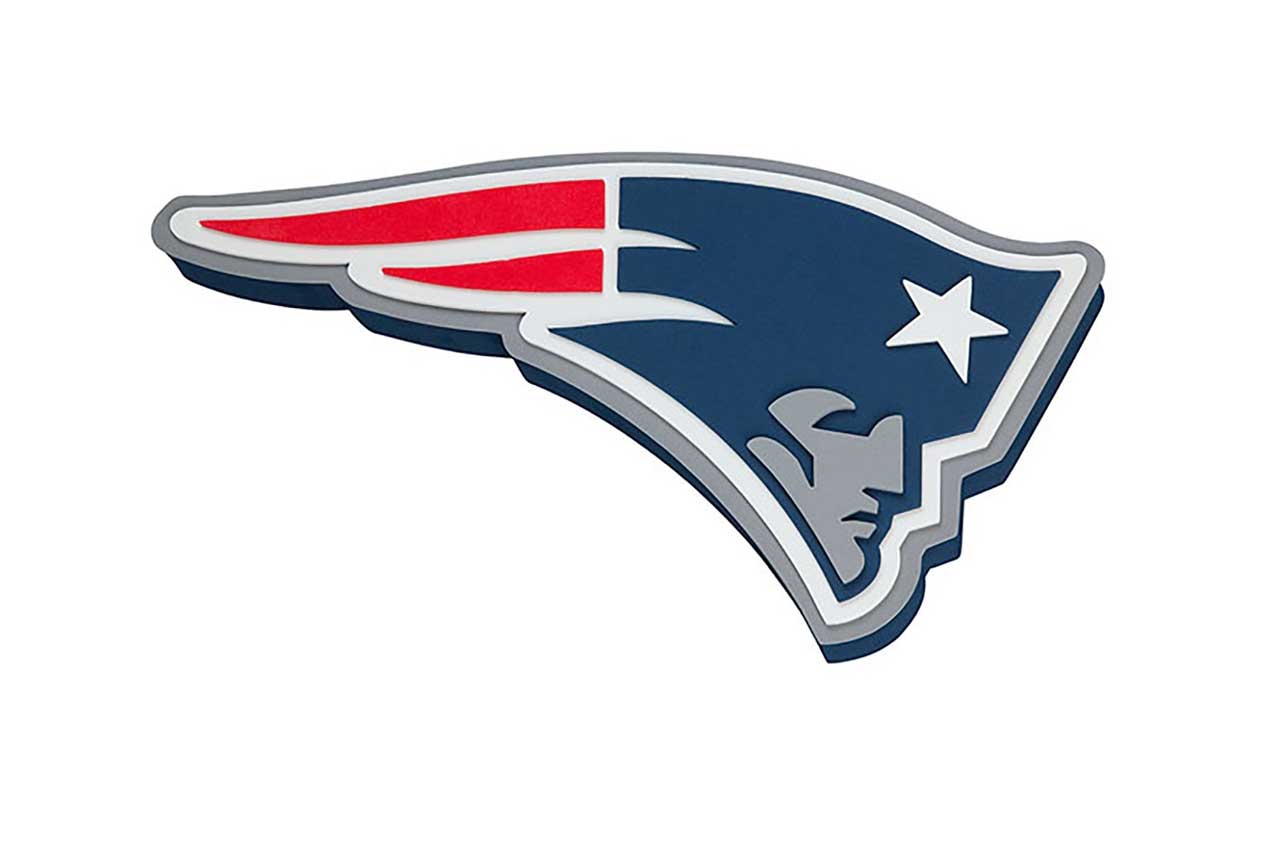
12. New England Patriots
Another year, another Lombardi Trophy for the New England Patriots. What else is new? But to keep the momentum going, the Pats might be fairly active in this year’s free-agency market to fill roster gaps (a fair number of current Patriots will hit the free agent market this year). Do the Patriots really need a below-average tax burden to attract players? Perhaps not. However, maybe the key to the Patriots’ successful team building over the years has been the area’s comparatively low taxes. Hey, it’s possible! In any event, Massachusetts has a flat, 5.1% income tax rate, and there are no county or city income taxes. So a Patriots player making $4.5 million per year would have to pay about $229,050 in Massachusetts income taxes. That amount ranks 11th on our list of NFL localities.
Massachusetts is a relatively tax-friendly state when it comes to sales taxes, too. The state rate is 6.25%, and no county or city taxes are added on. At 6.25%, Patriots players enjoy the sixth-lowest sales tax rate among all 32 NFL locations.
Property tax rates are on the high end, though. In 2017, the average rate in Norfolk County (where the Patriots are based) was $1,195 per $100,000 in home value. That’s 20th on the list of NFL locations. So it may be the state’s property tax rates that inspired the “Taxachusetts” nickname.
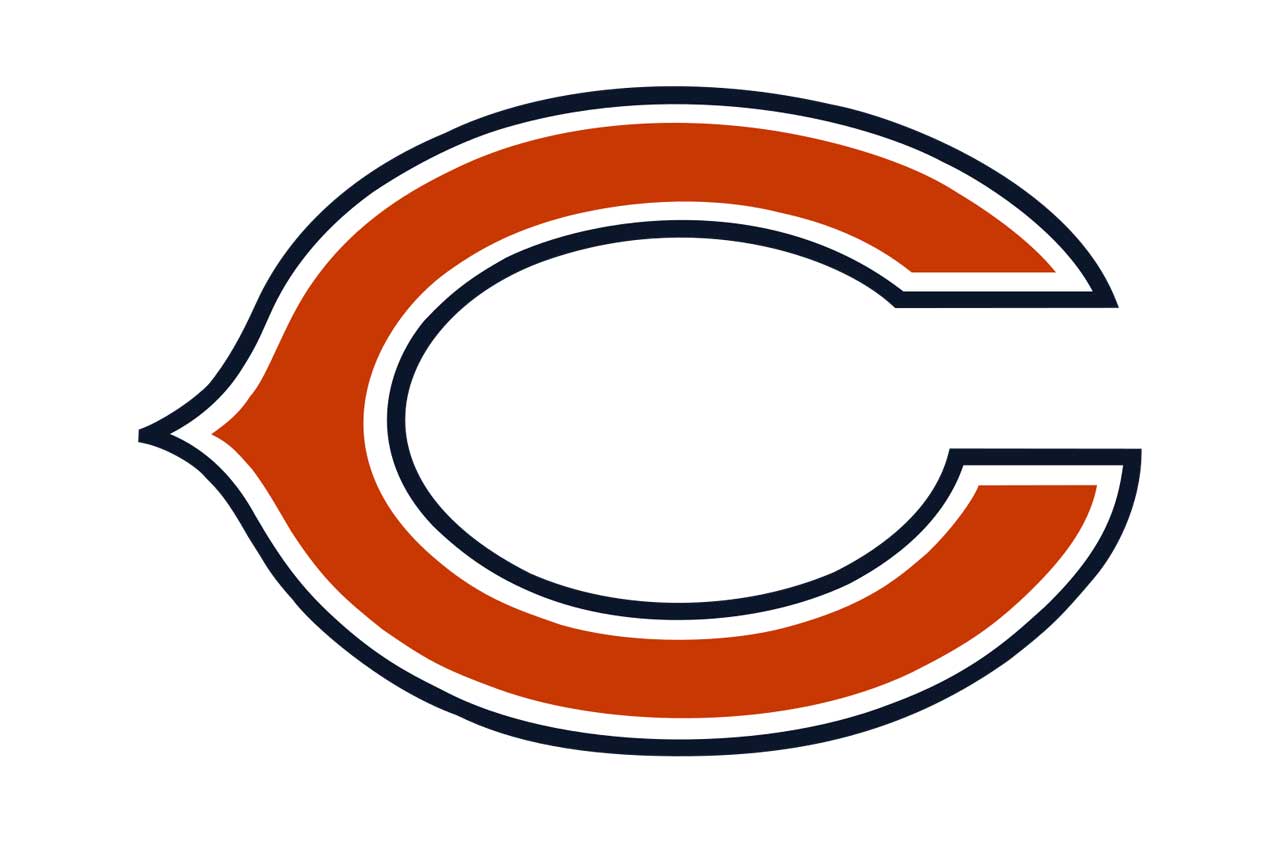
11. Chicago Bears
The Chicago Bears are certainly on the upswing, and there are reasons to believe that the team can get even better through free agency. And the tax situation in Lake County, where Da Bears practice, could help with the team’s recruitment efforts. Income is taxed in Illinois at a flat rate of only 4.95%, and there are no local income taxes to worry about. With a $4.5 million annual salary, state income taxes for our hypothetical player would come to roughly $222,530 per year in Lake County. That’s the 10th-lowest of all NFL locations.
Sales taxes can be a little high in Lake County, though. The state levies a 6.25% tax on retail sales. Then the county tacks on another 0.75% regional transportation authority tax. Plus, certain cities and towns in Lake County will add a home rule tax. For example, there’s a 0.5% home rule tax in the city where the Bears are based (Lake Forest). That’s a combined rate of 7.5%, which ranks 19th on our list of sales tax rates in NFL locations.
Property tax rates are on the high end, too. The 2017 average property tax rate in Lake County was a whopping $2,789 per $100,000 in home value. That’s the highest rate of all 32 NFL locations! Free agents relocating to Lake County and buying a home are likely to get hit hard on their property tax bill.
Fortunately for the Bears and their fans, the relatively low income tax burden generally makes up for the higher-than-average sales and property taxes.
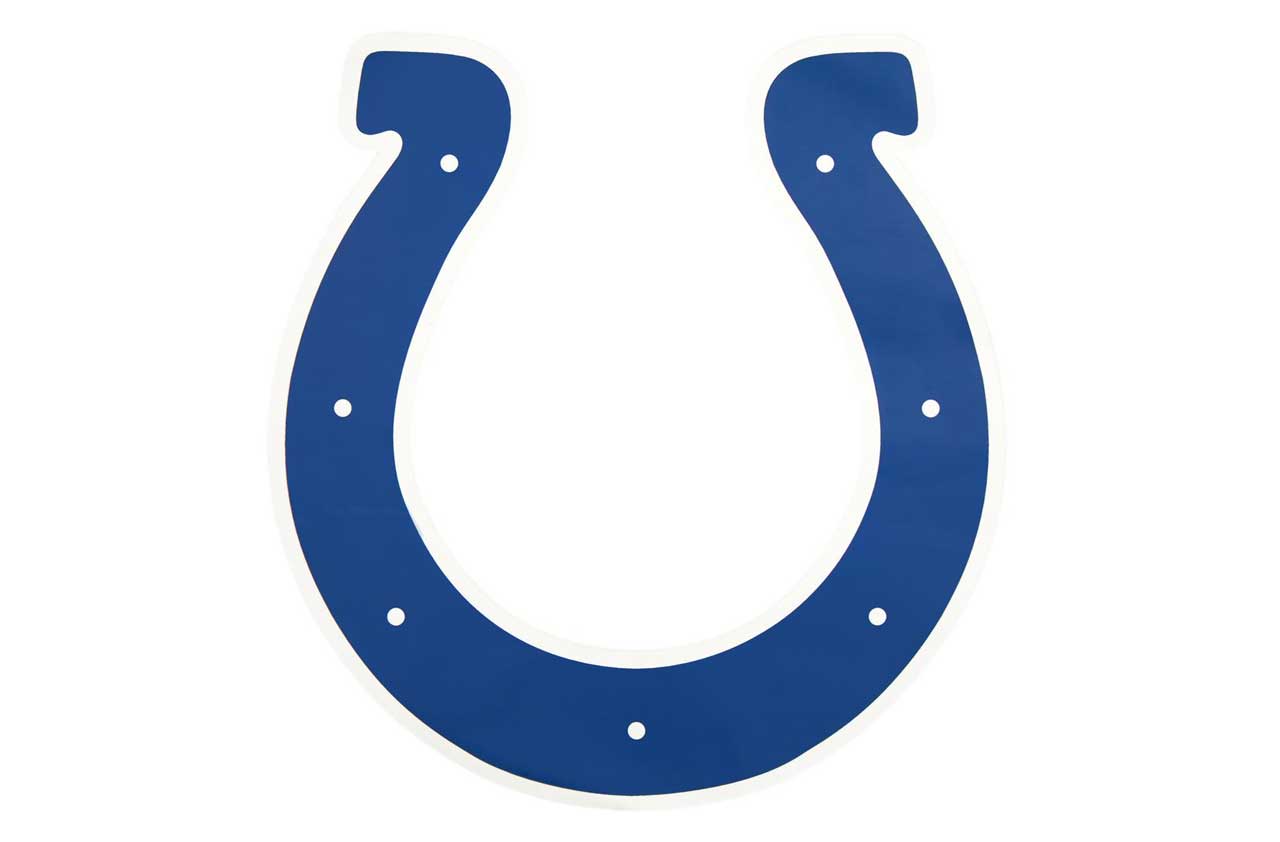
10. Indianapolis Colts
With ample cap space, the Indianapolis Colts will have plenty of options in this year’s free agency market—including going after some big-name free agents such as Trey Flowers, Le’Veon Bell or Landon Collins. A favorable local tax environment can only help if the Colts do indeed pursue some of these high-priced players, because the tax hit is amplified when really big bucks are involved. The good news is that the income tax burden is relatively low in Marion County, where the Colts are headquartered. The state has a flat, and low, income tax rate of 3.23%. Marion County does add its own 2.02% tax, but the combined rate (5.25%) is still quite low. For a player with $4.5 million in wages, that comes out to about $236,150 in state and county income taxes. That’s the 12th-lowest of all NFL locations.
Sales taxes for Colts players living in Marion County are pretty straightforward. There’s a 7% state tax…and that’s it. That ties with five other NFL locations for the 10th-lowest rate on our list.
Property tax bills shouldn’t be a major concern for free agents house hunting in Marion County. The 2017 average property tax rate in the county was $1,002 per $100,000 in home value, which is right in the middle when compared against other NFL locations.
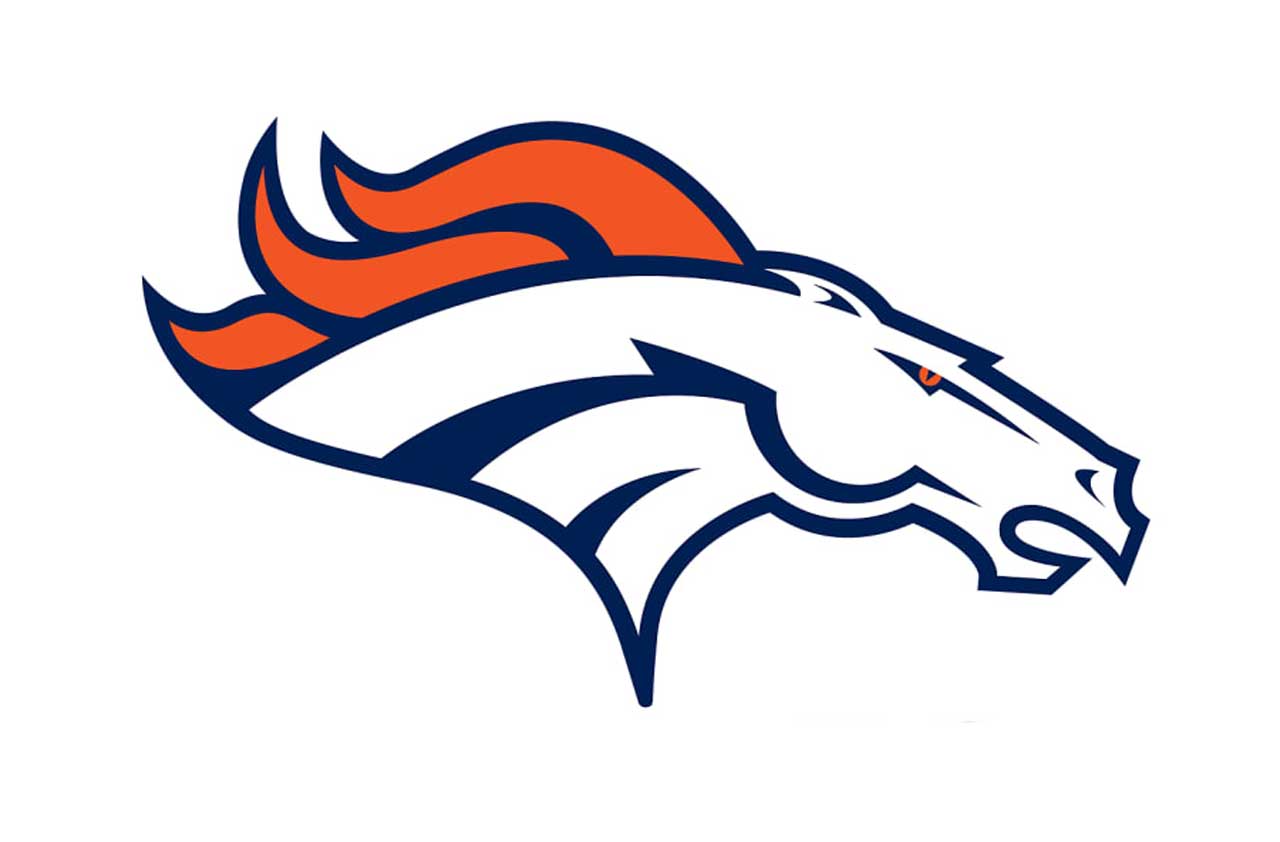
9. Denver Broncos
The Denver Broncos already made one big move this offseason to transform their offense when they traded for quarterback Joe Flacco. But, of course, there are still plenty of other players to consider in free agency. Being in one of the 10 most tax-friendly NFL locations should help the Broncos fill any roster gaps. Colorado has a 4.63% flat-rate income tax, and residents have no county or city income taxes to pay. So our hypothetical free agent with a $4.5 million annual salary would owe only $207,239 in state income taxes were he to sign with the Broncos. Only eight other NFL teams have a better tax deal to showcase.
Sales tax rates in Arapahoe County, where the Broncos are based, are low as well. The state takes a 2.9% share of sales, and the county takes another 0.25%. Towns and cities in the county can also levy a sales tax ranging from 2.5% to 4%. For instance, Englewood, CO, the city where the Broncos practice, has a 3.5% local sales tax. The combined rate for Englewood is 6.65%, which is still the ninth-lowest rate of all NFL locations.
Property tax rates in Arapahoe County are also extremely low. The 2017 county average was only $541 per $100,000 in home value. That’s the second-lowest of all NFL locations.
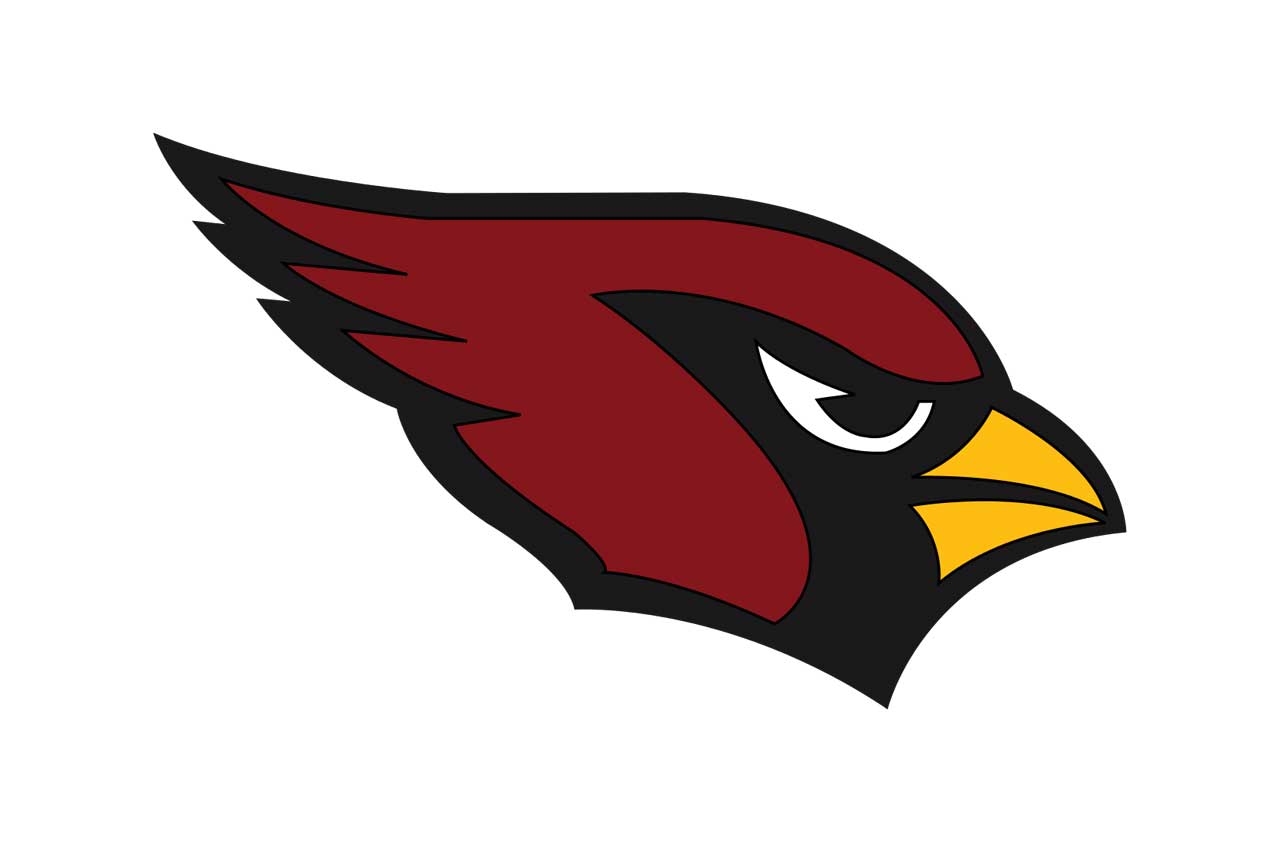
8. Arizona Cardinals
Plain and simple, the Arizona Cardinals have a lot of holes to fill. They own the first pick in this year’s draft, which will help, but they also need to be smart and active in the free agent market. Fortunately, when selling the team and city to the free agents they’re recruiting, the Cards have a favorable local tax scheme to tout along with warm winters, “dry heat,” and a new head coach. The top income tax rate in Arizona is only 4.54%. That’s the lowest for a team in a state with an income tax. There are no county or city income taxes, either. As a result, our hypothetical player would pay only about $201,420 in state income taxes on his $4.5 million salary. Just seven NFL locations have an estimated income tax bill that’s lower (and they’re all in states without an income tax).
The one tax drawback in Maricopa County, the Cardinals home county, is the lofty sales tax rates. The area has a 5.6% state tax, a 0.7% county tax and a number of city taxes, which range from 1.5% to 4%. For example, in Tempe, AZ, where the Cardinals practice, the city sales tax is 1.8%, which combines with the other sales taxes to total a steep 8.1%. That’s the 10th-highest combined rate on our list.
But, back on the bright side, property tax rates in Maricopa County are low. The 2017 county average rate was a mere $588 per $100,000 in home value, which is the third-lowest for counties hosting an NFL team.
Overall, that’s a taxpayer-friendly combination that prospective free agents will like.
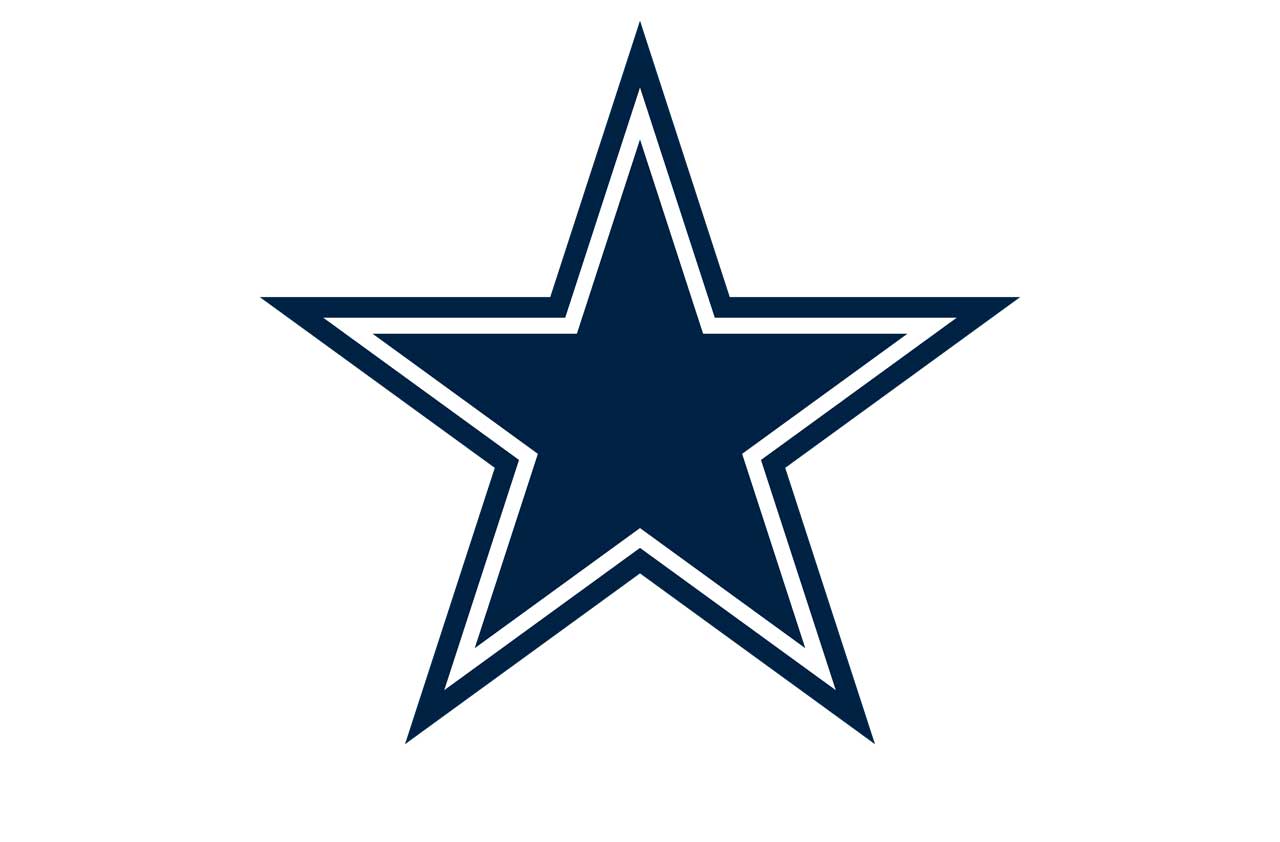
7. Dallas Cowboys
We’re now down to the NFL franchises in states without an income tax. These teams have a clear advantage over the rest of the NFL when it comes to attracting money-conscious players—especially in a free-agent bidding war against a team in California or another one of the high-tax-burden teams on our list. But there are still differences in sales and property tax among the low-tax-burden teams that could affect free-agent recruiting.
Take the Dallas Cowboys, for example. There are some free-agent moves they could make to improve the team. But if they’re competing against another low-tax-burden team for a player, they might lose out because they’re in an area with relatively high sales and property taxes. The Cowboys are based in Frisco, TX (Collin County). Players living in Frisco pay an 8.25% tax on retail sales. The levy results from a 6.25% state tax and a 2% city tax. That’s tied for 24th on our list of 32 NFL locations.
Property tax rates are on the high end in Collin County, too. In 2017, the average county rate was $1,829 per $100,000 in home value. That also ranks 24th on our list.
For these reasons, the Cowboys are the least taxpayer-friendly destination out of the teams in no-income-tax states.
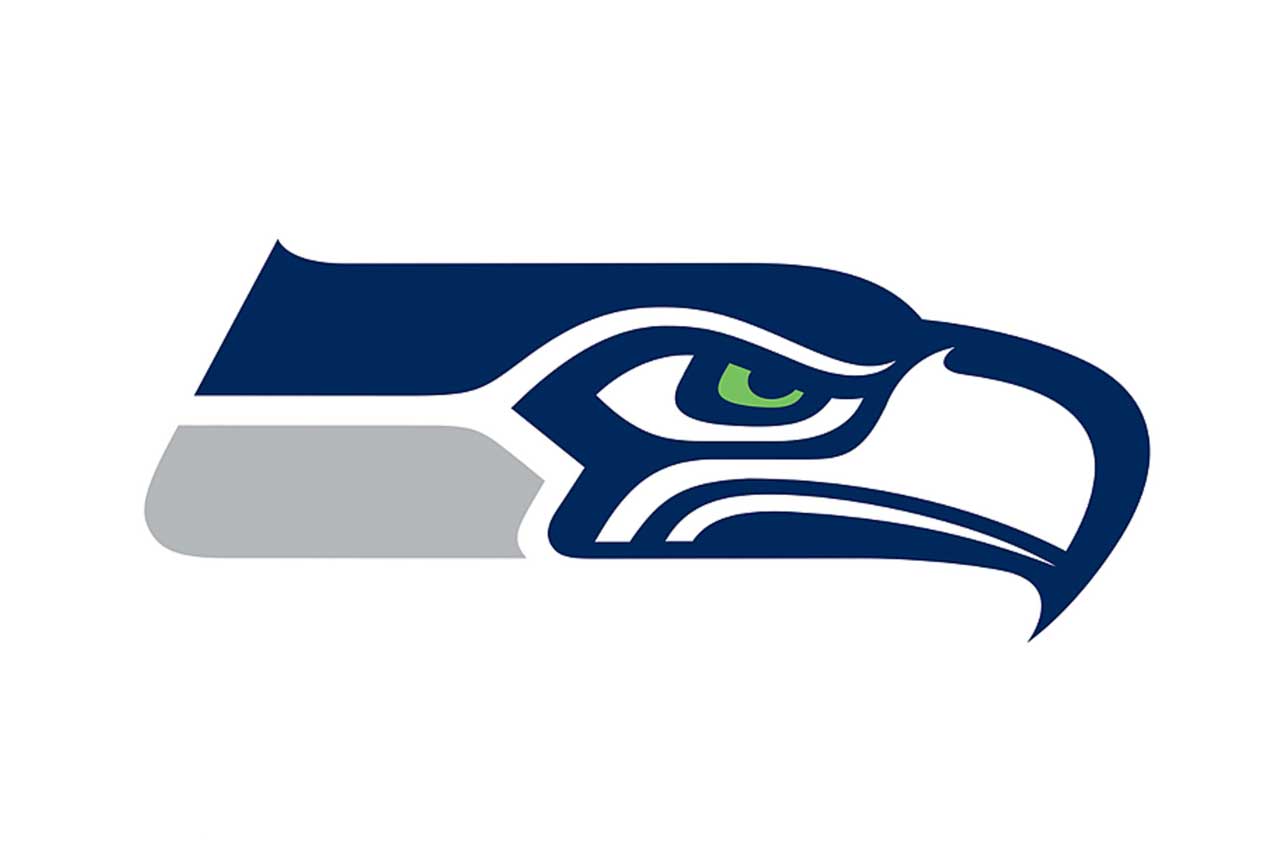
6. Seattle Seahawks
There’s no doubt that the Seattle Seahawks have slipped a bit over the past few years. But they’re still a quality team capable of make a run in the playoffs. Like everyone else, they have free-agent targets at multiple positions. If they can “win” the offseason, look for them to challenge the Rams in the NFC West. Washington doesn’t have an income tax, so that’s a big draw for free agents. However, the tax sales and property tax situation in Renton, WA (King County), where the Seahawks practice, is not as taxpayer friendly.
Sales taxes in Renton are the highest of all 32 NFL locations. The state imposes a 6.5% sales tax, which isn’t too bad. But then the City of Renton tacks on an additional 3.5% tax to push the overall sales tax in the city to an astounding 10%. Again, that’s the highest rate on our list!
The property tax rates in King County are not very high, though. The 2017 average rate in the county was only $854 per $100,000 in home value—that’s tied for the ninth-lowest on our list.
All-in-all, Seahawks players are in a good position taxwise. They’re just not in the very best spot.
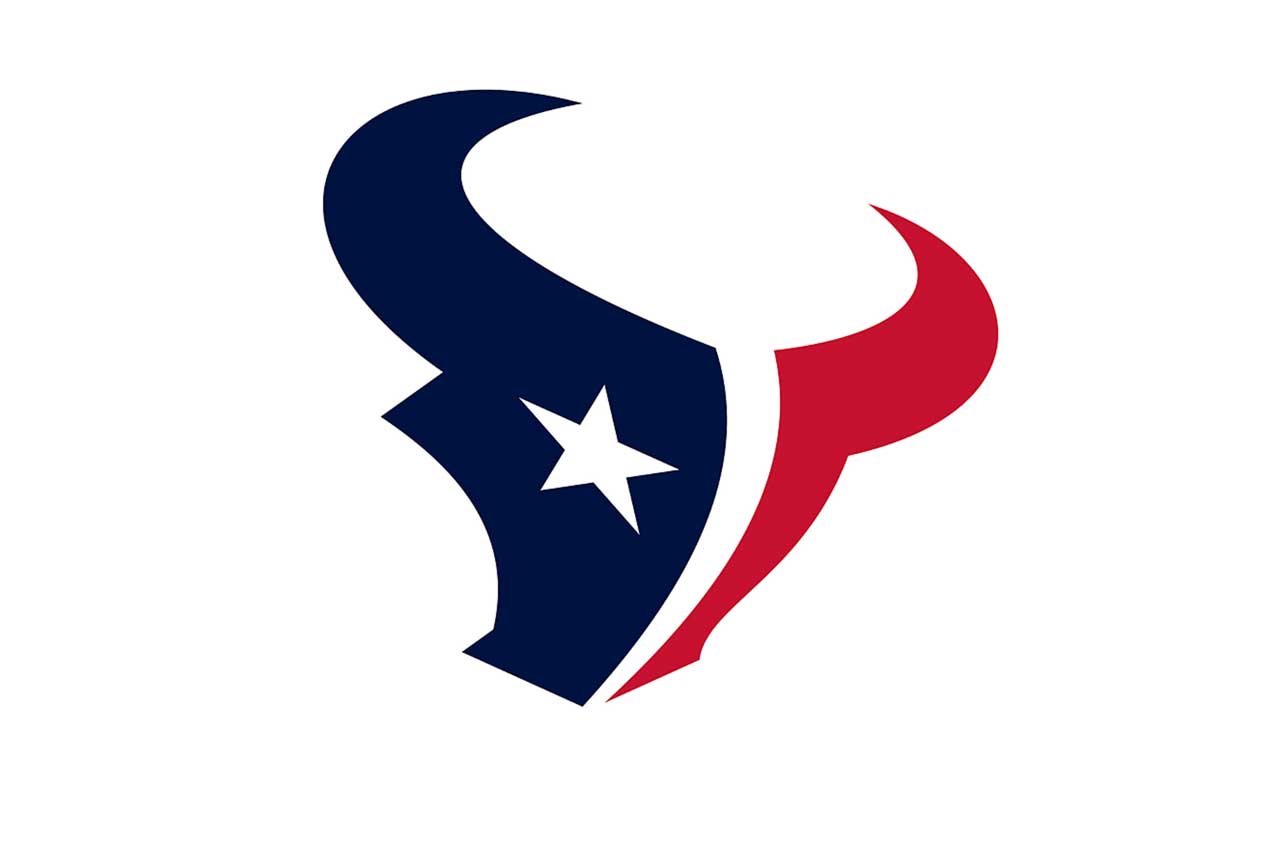
5. Houston Texans
We’re heading back to the Lone Star State, where the Houston Texans have already placed the franchise tag on defensive end Jadeveon Clowney and released cornerback Kevin Johnson. But, of course, there are more decisions to be made during this year’s free-agency period. Players who consider signing with the Texans will appreciate the fact that there are no income taxes in Texas, but other taxes in Houston (Harris County) could sting a bit.
Free agents signing with the Texans will end up paying Houston’s 8.25% sales tax on local purchases. That’s based on a 6.25% state tax, plus 2% in city and special district taxes. Houston is tied with Frisco, TX (home of the Cowboys), for 24th on our list of NFL locations.
Players won’t get a break on property taxes in Harris County, either. The 2017 average property tax rate in the county was $1,977 per $100,000 in home value. That rate ranks 26th on our list of NFL locations.
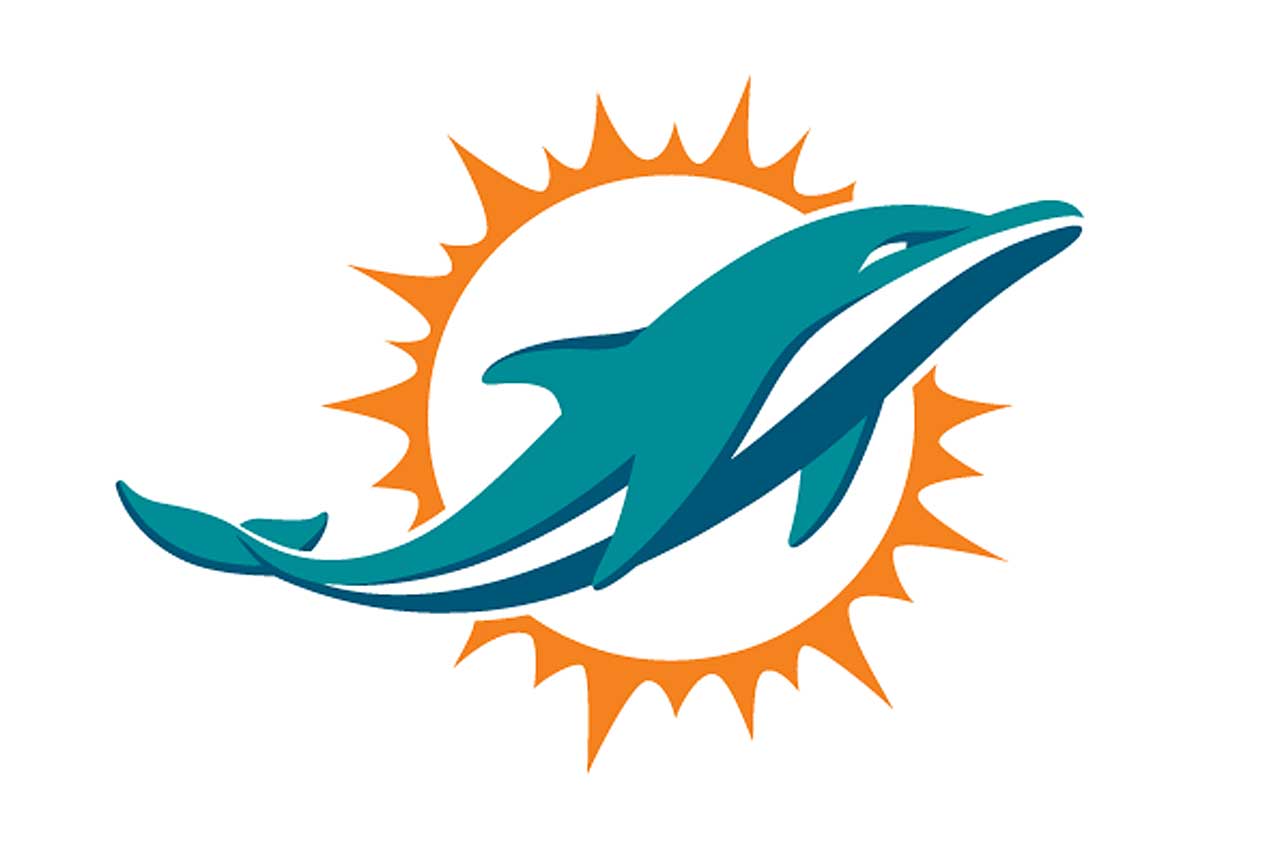
4. Miami Dolphins
Whenever a team hires a new head coach, it’s usually safe to assume roster changes are coming as well. That’s the situation with the Miami Dolphins, which hired Brian Flores to rule the team’s sideline. Fortunately for the Fins, the local tax situation should help them attract worthy free agents. There’s no income tax in Florida, so that’s big help. But sales taxes and property taxes are also reasonable where the team is based.
Florida imposes a 6% statewide sales tax. Broward County, where the Dolphins practice, tacks on an additional 1% tax on sales within its boundaries. The 7% combined rate in Broward County is tied for the 10th-lowest rate on our list of NFL locations. That’s not too bad.
Property tax rates in Broward County are average for an NFL location. In 2017, the average county rate was $1,014 per $100,000 in home value. That ranks 16th on our list.
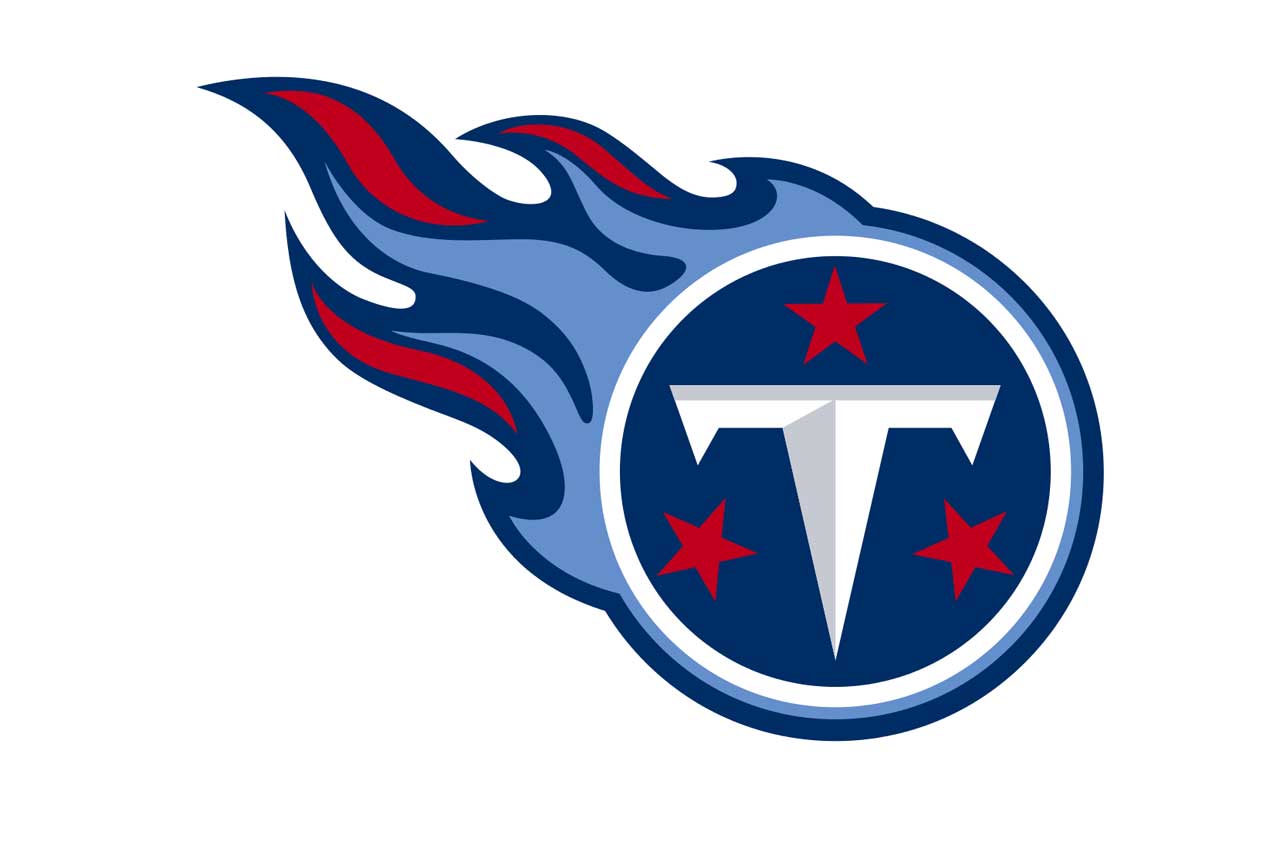
3. Tennessee Titans
The Tennessee Titans would love to get over the 9-7 hump this year. That’s been their record for three straight seasons now. Figuring out exactly how to do that might not be so easy, though. It has been suggested that free-agent upgrades on the D-line, at linebacker and in the wide-receiver corps could help improve the Titans’ roster. The fact that Tennessee doesn’t have a traditional income tax will help them lure free agents. (The state currently taxes interest and dividends, but even that tax will be phased out in a few years.)
But free agents might not like the sales tax situation in Davidson County, where the Titans are based. The state levies a sales tax of 7%, and the county adds a 2.25% tax. The combined sales tax rate—9.25%—is tied for the second-highest rate among all 32 NFL locations.
Fortunately, property tax rates in Davidson County are on the low side. The 2017 average county rate was only $724 per $100,000 in home value. That’s the sixth-lowest rate on our list.
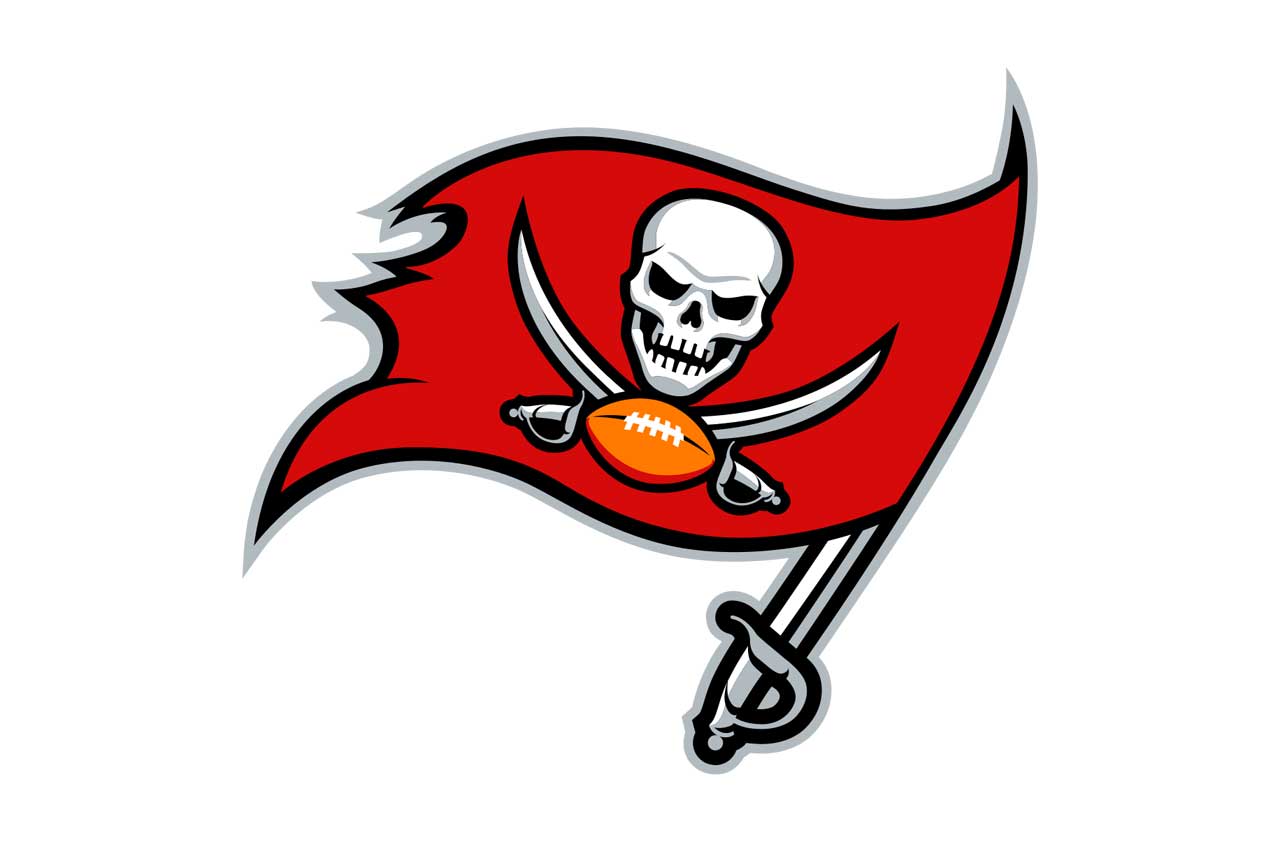
2. Tampa Bay Buccaneers
The struggling Tampa Bay Buccaneers did what a lot of losing football teams do—they fired their coach. Out goes Dirk Koetter; in comes Bruce Arians. Will it make a difference? We’ll see. But, as usual, it seems as if the answer to that question at least partially depends on whether the Bucs can bring in some much-needed free agents. Being in a no-income-tax state certainly helps in that area, but the higher-than-average sales tax will temper the free-agency advantage somewhat.
Florida imposes a 6% statewide sales tax, and then Hillsborough County, where the Bucs practice, tacks on its own 2.5% tax. The resulting 8.5% combined rate is the seventh-highest sales tax rate among the 32 NFL locations.
Property tax rates in Hillsborough County probably don’t move the needle much when it comes to attracting free agents to the Bucs. The rates are below average … but not by much. In 2017, the county’s average property tax rate was $921 per $100,000 of home value. That’s the 12th-lowest rate among counties hosting an NFL team.

1. Jacksonville Jaguars
The Jacksonville Jaguars operate in the NFL’s most taxpayer-friendly location! For our hypothetical free agent, the estimated yearly tax burden where the Jags are based is an astounding $571,563 less than where the 49ers are located. That should help the team attract the free agents they need to return to the AFC championship game and, perhaps, win the Super Bowl.
Property tax rates in Duval County are the 11th-lowest of all 32 NFL locations. The average county rate in 2017 was a very reasonable $898 per $100,000 of home value.
It appears as if the Jags will bring in Nick Foles to lead the offense, but that alone might not be enough to turn the franchise around. When talking to free agents, the Jags probably remind players that Florida has no income tax. But they should also let players know that the area’s sales and property taxes are below average, too.
Florida imposes a 6% state sales tax. However, Duval County, where the Jaguars are based, also imposes an additional 1% county tax on retail sales. The 7% combined rate is tied for the 10th-lowest rate on our list of NFL locations.
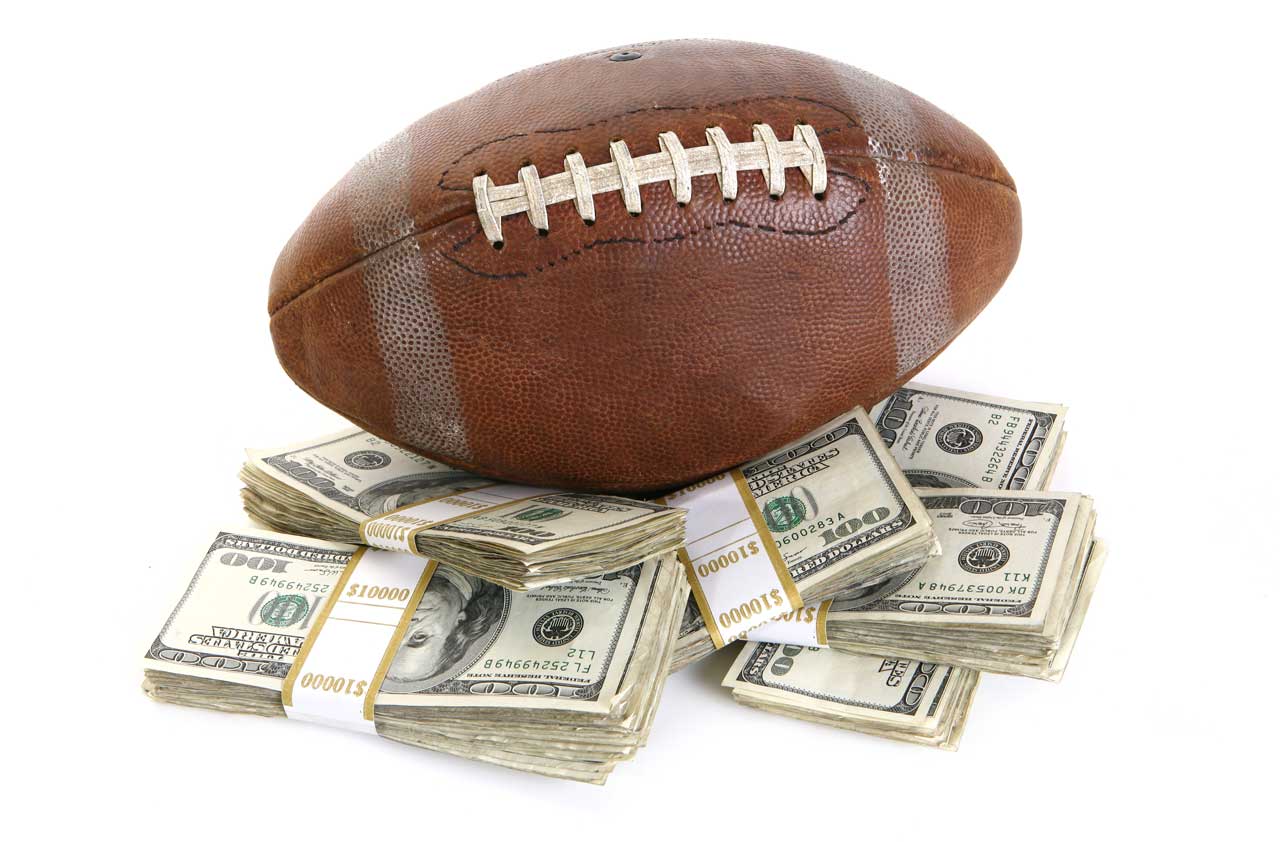
About Our Methodology
Kiplinger’s 2019 NFL Free Agency Tax Rankings are based on information collected from various sources. We then use that information to see how the estimated state and local income, sales and property tax burden for a hypothetical NFL free agent compares from one NFL location to another. Consistent use of the data throughout the process is key to determining our rankings.
Hypothetical Free Agent
Our hypothetical NFL free agent earns $4.5 million per year and is a full-year resident of the county where the team being ranked has its practice facility. We used Spotrac.com to determine the free agent’s annual salary. We picked an amount that we believe will be close to the average annual salary for all NFL free agent contracts signed in 2019. In 2018, the average was slightly more than $4.2 million. We increased that amount to $4.5 million to account for inflation and a higher salary cap for 2019.
We have the hypothetical free agent living in the county where the team has its practice facility because we believe a high percentage of NFL players live near the place where they practice to shorten their regular commute. In some cases, the practice facility is near the stadium where the team plays its home games. However, in many instances, the practice fields are far away from the stadium (sometimes in a different state).
Basis of Rankings
The actual team rankings are based on each team’s “Estimated state/local tax bill.” This amount appears at the top of each slide along with other general information.
The “Estimated state/local tax bill” is the total of the team’s estimated income tax, estimated sales tax and estimated property tax. These components are explained in more detail below.
Income Tax
We used information from the Tax Foundation and various state, county and municipal tax department websites to determine the income tax rates and to access forms used to calculate our hypothetical free agent’s estimated income tax for each NFL location.
In all relevant cases, federal adjusted gross income (AGI) was $4.5 million and federal taxable income was $4.476 million. In addition, the following assumptions applied to all estimated income tax calculations:
- 2018 tax year rates;
- Married filing jointly filing status;
- No dependents;
- Standard deduction;
- No other deductions, additions to income, credits, alternative minimum tax, etc.; and
- No “jock tax” (withholding by states where away games are played).
The estimated income tax was also rounded to the nearest $10.
Sales Tax
The sales tax rates described in the slides were determined using Tax Foundation maps and various state, county and municipal tax department websites. The rates are those in effect as of January 1, 2019. If the city where a team’s practice facility is located imposes a sales tax, it was included with any state and/or county sales tax in the combined tax rate described. Sales tax rates from other cities in the team’s home county were not included in the combined tax rate.
The estimated sales tax amounts included in the “Estimated state/local tax bill” were generated using the IRS’s Sales Tax Deduction Calculator. The calculator estimates the amount of sales tax actually paid by a taxpayer based on income, family size and zip code.
Property Tax
The property tax rates described in the slides are based on 2017 data for median real property taxes paid and median home values from the U.S. Census American Community Survey. A formula using this information and the described rates was used to calculate the estimated property tax amounts.
Profit and prosper with the best of Kiplinger's advice on investing, taxes, retirement, personal finance and much more. Delivered daily. Enter your email in the box and click Sign Me Up.
Rocky Mengle was a Senior Tax Editor for Kiplinger from October 2018 to January 2023 with more than 20 years of experience covering federal and state tax developments. Before coming to Kiplinger, Rocky worked for Wolters Kluwer Tax & Accounting, and Kleinrock Publishing, where he provided breaking news and guidance for CPAs, tax attorneys, and other tax professionals. He has also been quoted as an expert by USA Today, Forbes, U.S. News & World Report, Reuters, Accounting Today, and other media outlets. Rocky holds a law degree from the University of Connecticut and a B.A. in History from Salisbury University.
-
 Don't Wait Until January: Your Year-End Health Checklist to Kickstart 2026
Don't Wait Until January: Your Year-End Health Checklist to Kickstart 2026Skip the fleeting resolutions and start the new year with a proactive plan to optimize your longevity, cognitive health, and social vitality.
-
 Premium Rewards Cards: More Perks, Higher Fees
Premium Rewards Cards: More Perks, Higher FeesSome issuers are hiking the annual fee on their flagship luxury credit cards by hundreds of dollars. Are they still worth using?
-
 3 Trips to Escape the Winter Doldrums, Including An Epic Cruise
3 Trips to Escape the Winter Doldrums, Including An Epic CruiseThree winter vacation ideas to suit different types of travelers.
-
 The 24 Cheapest Places To Retire in the US
The 24 Cheapest Places To Retire in the USWhen you're trying to balance a fixed income with an enjoyable retirement, the cost of living is a crucial factor to consider. Is your city the best?
-
 Ten States with the Lowest Sales Tax in 2025
Ten States with the Lowest Sales Tax in 2025Sales Tax Living in one of the lowest sales tax states doesn't always mean you'll pay less.
-
 5 Stocks to Sell or Avoid Now
5 Stocks to Sell or Avoid Nowstocks to sell In a difficult market like this, weak positions can get even weaker. Wall Street analysts believe these five stocks should be near the front of your sell list.
-
 Best Stocks for Rising Interest Rates
Best Stocks for Rising Interest Ratesstocks The Federal Reserve has been aggressive in its rate hiking, and there's a chance it's not done yet. Here are eight of the best stocks for rising interest rates.
-
 The Five Safest Vanguard Funds to Own in a Volatile Market
The Five Safest Vanguard Funds to Own in a Volatile Marketrecession The safest Vanguard funds can help prepare investors for market tumult but without high fees.
-
 The 5 Best Inflation-Proof Stocks
The 5 Best Inflation-Proof Stocksstocks Higher prices have been a major headache for investors, but these best inflation-proof stocks could help ease the impact.
-
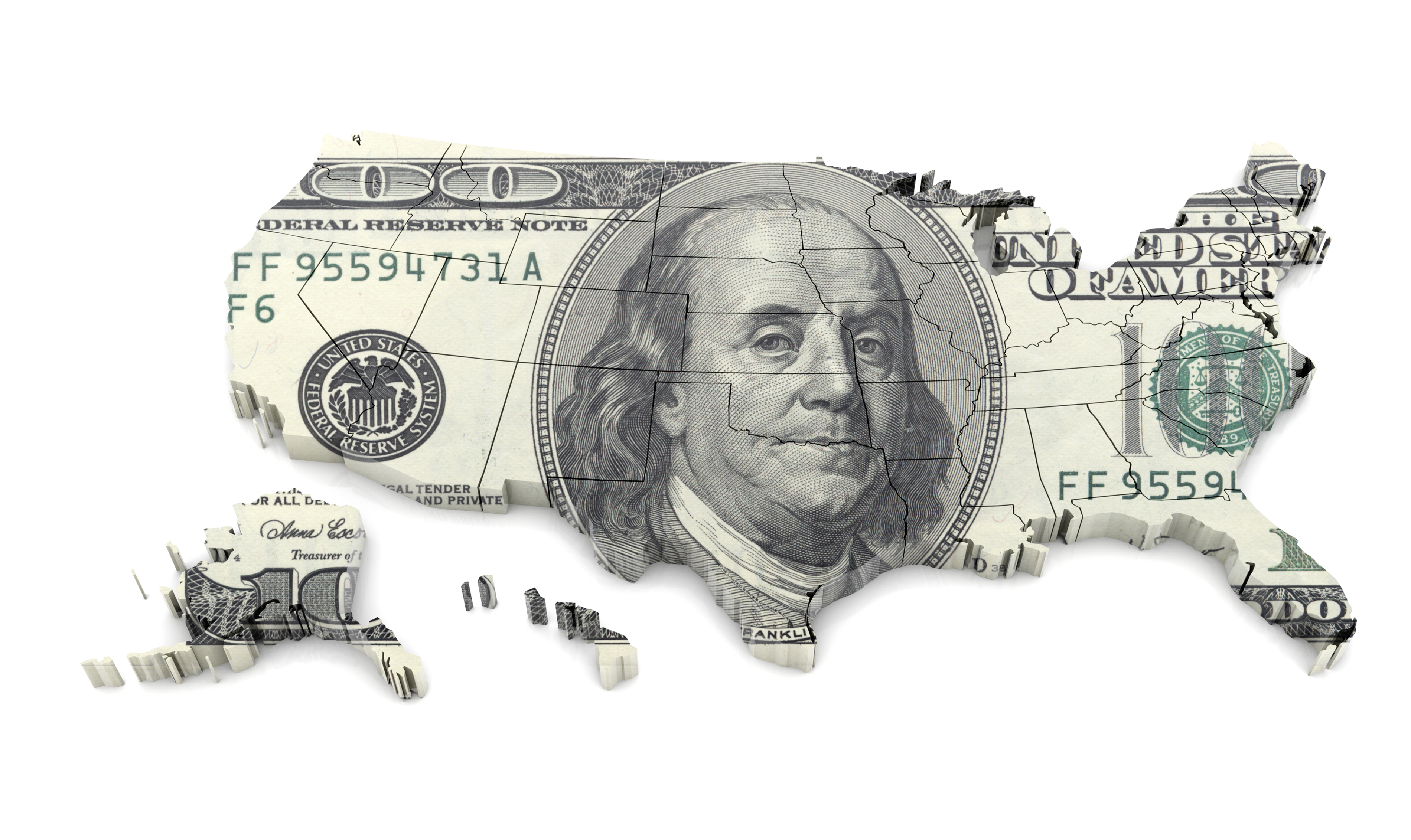 10 Least Tax-Friendly States for Middle-Class Families
10 Least Tax-Friendly States for Middle-Class FamiliesState Tax Here’s what living in one of the least tax-friendly states for middle-class families costs residents.
-
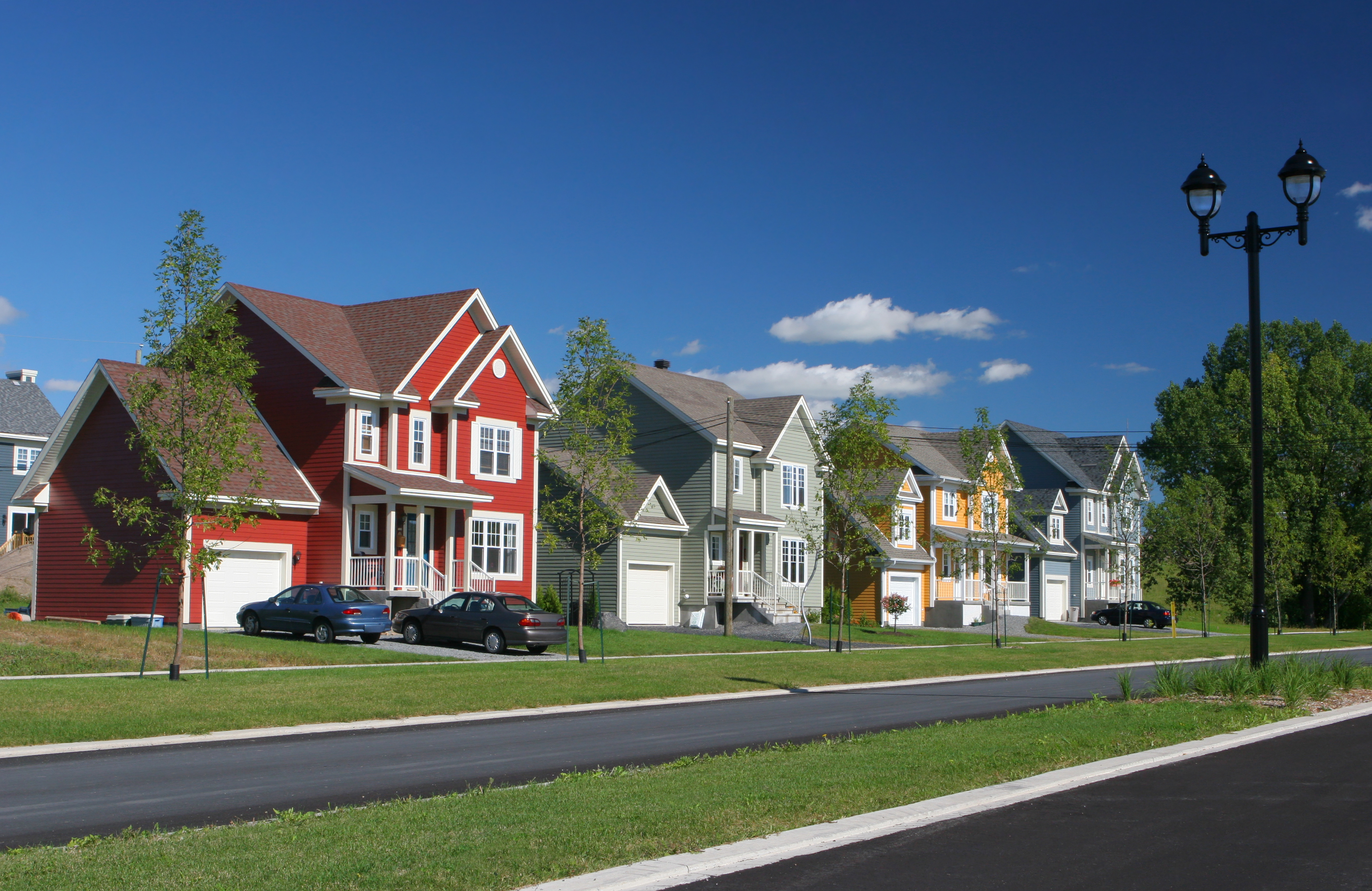 Low-Tax States for 'Middle-Class' Families in 2026
Low-Tax States for 'Middle-Class' Families in 2026State Tax Here are the best states for families with middle incomes (due to low tax burdens).

